Forums
- Forums
- Duggy's Reference Hangar
- USAAF / USN Library
- Grumman F3F
Grumman F3F
Post a reply
- Go to Previous topic
- Go to Next topic
- Go to Welcome
- Go to Introduce Yourself
- Go to General Discussion
- Go to Screenshots, Images and Videos
- Go to Off topic
- Go to Works in Progress
- Go to Skinning Tips / Tutorials
- Go to Skin Requests
- Go to IJAAF Library
- Go to Luftwaffe Library
- Go to RAF Library
- Go to USAAF / USN Library
- Go to Misc Library
- Go to The Ops Room
- Go to Made in Germany
- Go to Campaigns and Missions
- Go to Works in Progress
- Go to Juri's Air-Raid Shelter
- Go to Campaigns and Missions
- Go to Works in Progress
- Go to Skinpacks
- Go to External Projects Discussion
- Go to Books & Resources
-
12 years agoSat Jan 05 2013, 06:29pm
 Main AdminThe U.S. Navy's Last Biplane Fighter
Main AdminThe U.S. Navy's Last Biplane Fighter
Text by Jim Muche.
The U.S. Navy's last biplane fighter, the F3F, was a direct outgrowth of the F2F whose performance was marred by poor directional stability and spinning characteristics which were caused by its extremely short fuselage. The Navy, however, felt that in other regards the F2F was an excellent design and, with refinement, would prove to be a first rate fighter. As a result, a contract was issued for the development of the XF3F-1. To correct the stability problems the fuselage was stretched 22 inches, from 21 ft 5 in to 23 ft 2 in, and the wing area was expanded from 230 to 260 sq ft. The prototype, Bureau # 9727, made its first flight on March 20, 1935 but was destroyed two days later when it broke up while testing terminal velocity dives.(This was the last F2F converted)
The second XF3F-1, which was issued the same bureau number, made its first flight on May 9 and was also destroyed two days later when it failed to recover from a spin. The pilot, who survived the crash, reported that high speeds induced directional instability which in turn caused the aircraft to enter into a flat spin from which he was unable to recover.
A third aircraft was ordered, again bearing Bureau # 9727, and first flew on June 20, 1935. Testing was completed and an order was placed for 54 F3F-1s on August 4. Production aircraft were powered by 650 hp Pratt & Whitney R-1535-84 engines which allowed the planes a speed of 231 mph at 7500 ft. A small fin-like projection was added to the empennage to increase area and reduce stability problems. The first squadron to receive the F3F was Fighter Squadron 5B (VF-5B) stationed aboard the USS Ranger (CV- 4).
Realizing that the days of the biplane fighter were essentially over, the Navy, hoping to buy time until the development of the F4F was completed, ordered the XF3F-2 from Grumman on July 25, 1936. Major changes included replacing the Pratt & Whitney engine with a 950 hp Wright R-1820-22 (the larger diameter of this engine necessitated a cowling revision which changed the appearance of the aircraft), replacing the original-two bladed propeller with a constant pitch Hamilton-Standard three-bladed assembly, and increasing the rudder area to counter the increased engine torque. These changes led to an increased speed of 264 mph from the original 231, boosted the climb rate from 2050 to 2750 ft/min and expanded the service ceiling to 33,200 ft from 27,100. Eighty-one F3F-2s were ordered by the Navy and were used to equip VF-6 aboard the U.S.S. Enterprise and Marine squadrons VMF-1 and VMF-2. The 65th aircraft was modified on the production line to the F3F-3 standard, and subsequent aircraft finished as that model.
The final version, the F3F-3, came about because of delays in the development of the F4F. It incorporated a smaller diameter propeller, a modified cowling and a cockpit canopy similar to that used on the F4F. Only 27 of this version were ordered with the first aircraft being assigned to the carrier USS Yorktown (CV- 5). The entire series carried the same armament of one .30 cal. and one .50 cal. Browning machine gun mounted in the cowl.
By the end of 1941 none of the aircraft were in operational service, but 117 of them were distributed to various bases around the country for training and transport duties. The last plane, an F3F-2, was retired from flying service in November 1943.
Grumman built three civil versions of the F3F. The first was the G-22 which was completed in 1932 for Gulf Oil. It was a hybrid aircraft which mated the F3F fuselage with a set of F2F wings. It also had an enlarged rudder. Named the Gulfhawk II (NR-1050) it was powered by a Wright R-1820-G engine and had a top speed of 290 mph and a climb rate of 3,000 ft per minute. The aircraft was lighter than the military version and was modified for aerobatics. A second scavenger pump and five drain lines enabled the plane to sustain inverted flight for up to 30 minutes. In 1938 Al Williams, Gulf's aviation manager, took the plane on a European tour and during the war it toured Army Air Force training bases at the order of General Hap Arnold, giving demonstrations of aerobatics and precision flying.
In 1938, the G-32 Gulfhawk III was built. The primary differences were the addition of a second cockpit, the use of the F3F wings with the addition of slit flaps on the trailing edge of the upper wing, and it was powered by a 950 hp Wright GR-1820-G5 Cyclone engine. In 1942, Gulf Oil gave the plane to the Army Air Force to be used as a ferry pilot trainer. It was operated by Pan Am, which trained the majority of ferry pilots during the war. After the war it was owned by several civilian pilots and eventually crashed in the Florida Everglades.
The G-32A, the final civilian Gulfhawk (NC-1326), was built in 1938 for use by Grumman. Painted in the company colors of red and black, it was known as the "Little Red Ship" and was similar to the G-32. The aircraft was used as the company runabout and VIP transport and was flown by Roy Grumman on several occasions. The plane was also used to train ferry pilots during the war and was later sold into private ownership. It flew for a number of years and was later extensively damaged in a crash at Oshkosh.
General characteristics
Crew: 1 pilot
Length: 23 ft 2 in (7.06 m)
Wingspan: 32 ft 0 in (9.75 m)
Height: 9 ft 4 in (2.84 m)
Wing area: 260 ft? (24.15 m?)
Empty weight: 3,285 lb (1,490 kg)
Max. takeoff weight: 4,795 lb (2,175 kg)
Powerplant: 1 ? Wright R-1820-22 "Cyclone" 9-cylinder radial engine, 950 hp (710 kW)
Performance
Maximum speed: 264 mph (229 kn, 425 km/h) at 15,250 ft (4,658 m)
Cruise speed: 150 mph (130 kn, 240 km/h)
Range: 980 mi (850 nmi, 1,600 km)
Service ceiling: 33,200 ft (10,120 m)
Rate of climb: 2,800 ft/min (14 m/s) at sea level
Armament
Guns:
1? 0.30 in (7.62 mm) M1919 machine gun, 500 rounds (left)
1? 0.50 in (12.7 mm) M2 machine gun, 200 rounds (right)
Bombs: 2? 116 lb (52.6 kg) Mk IV bombs, one under each wing
Below XF3F-1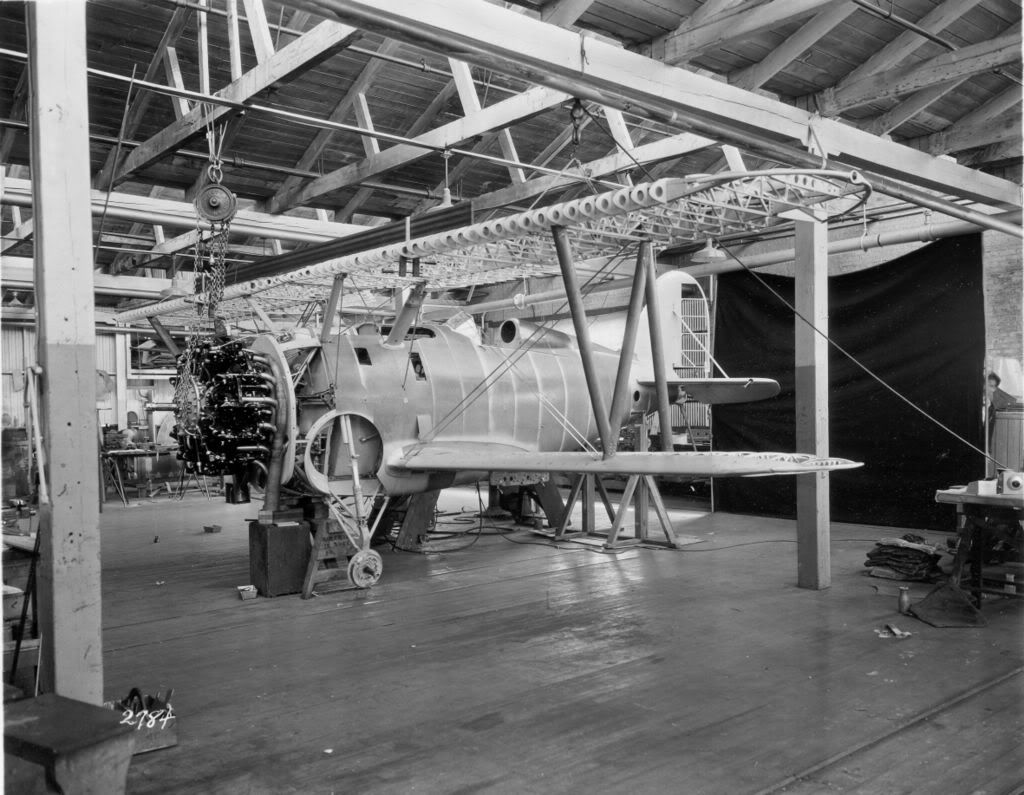

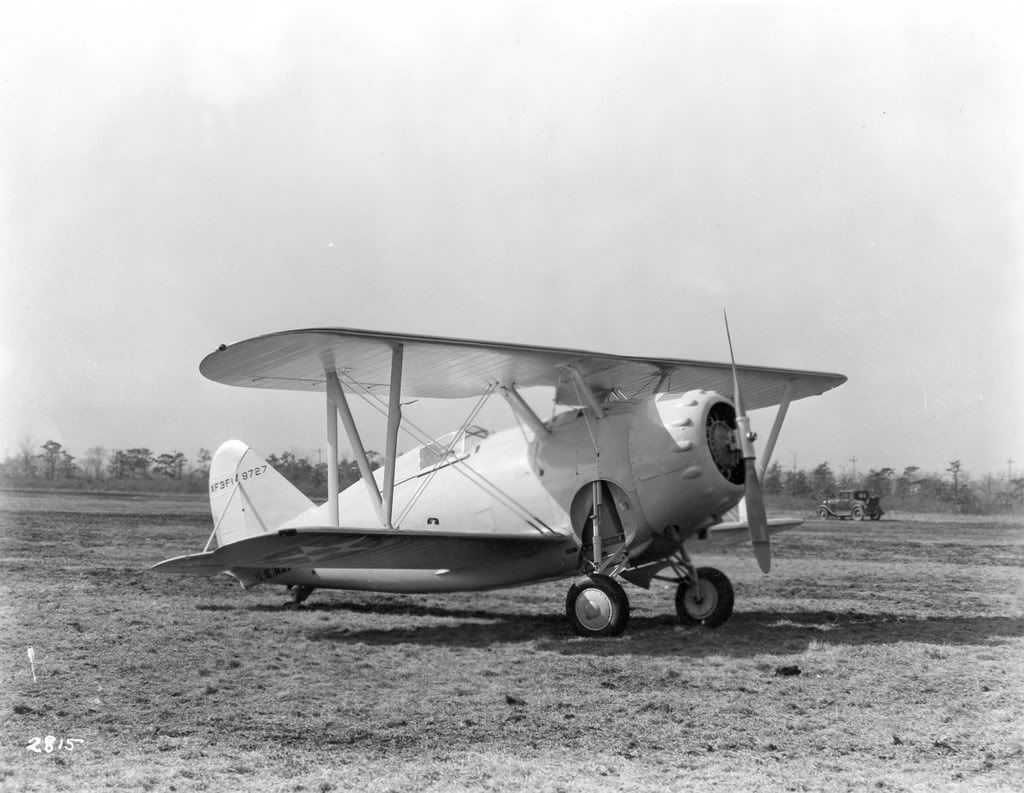

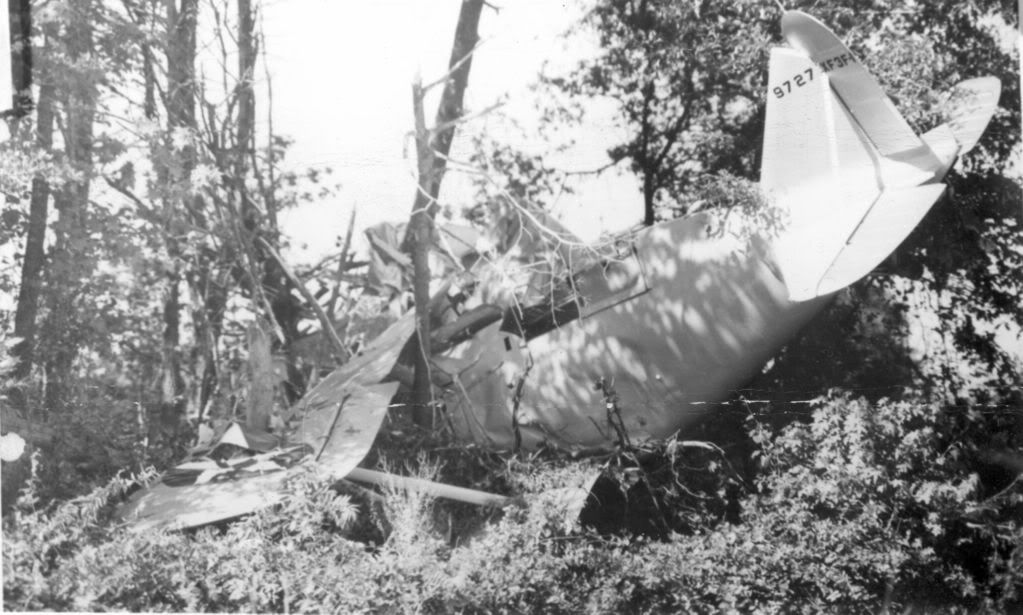
Below F3F-1. The first production F3F-1 was delivered on 29 January 1936 to the test group at Naval Air Station Anacostia, with squadron service beginning in March to VF-5B of Ranger and VF-6B of Saratoga. Marine squadron VF-4M received the last six in January 1937.
First photo is a water landing test.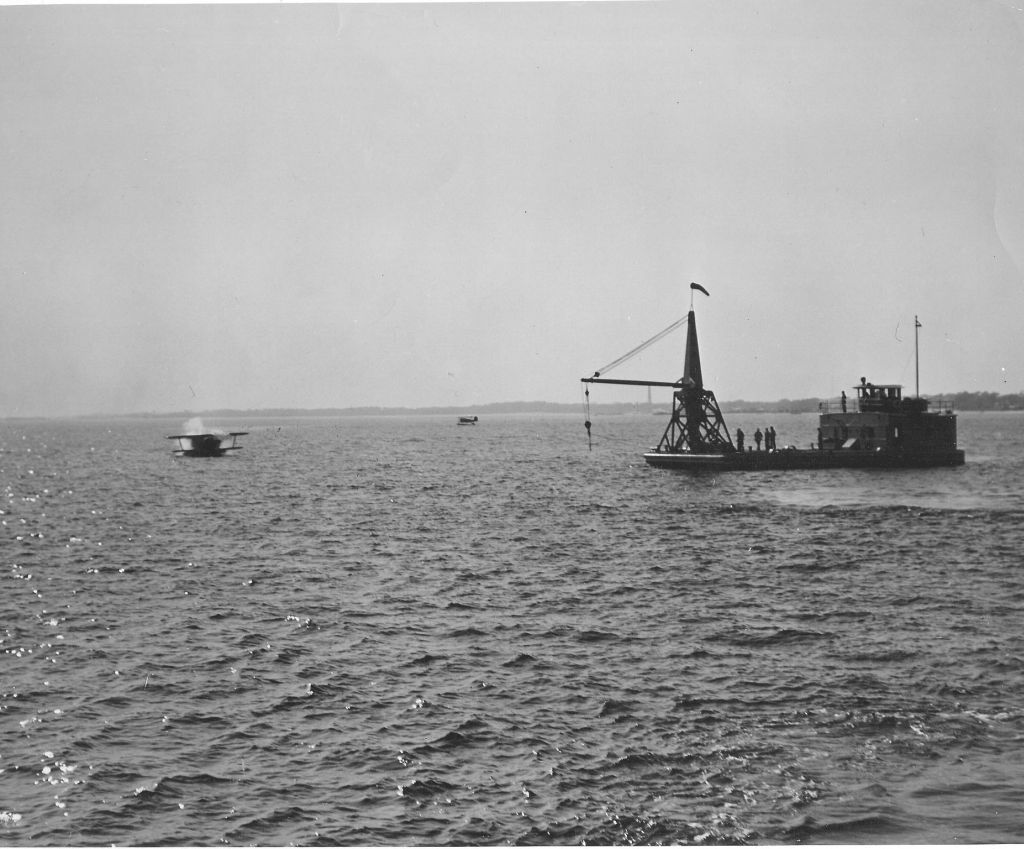

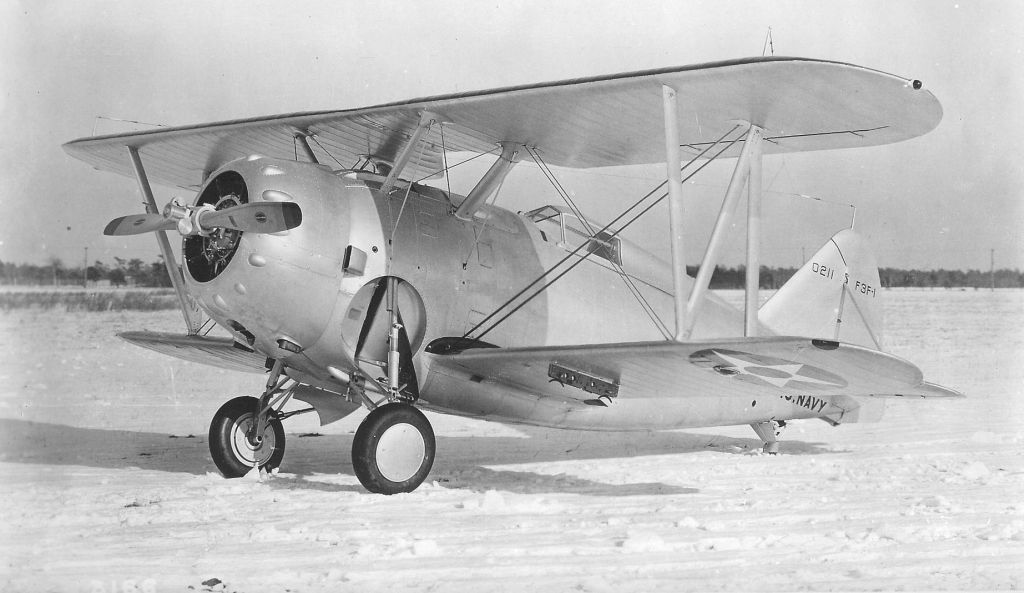

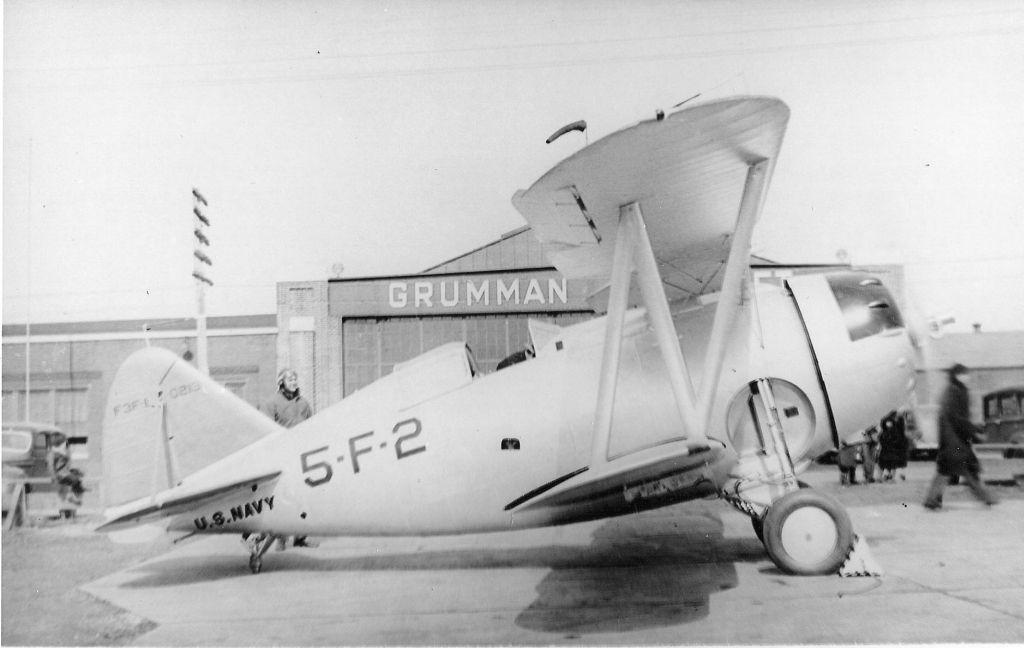
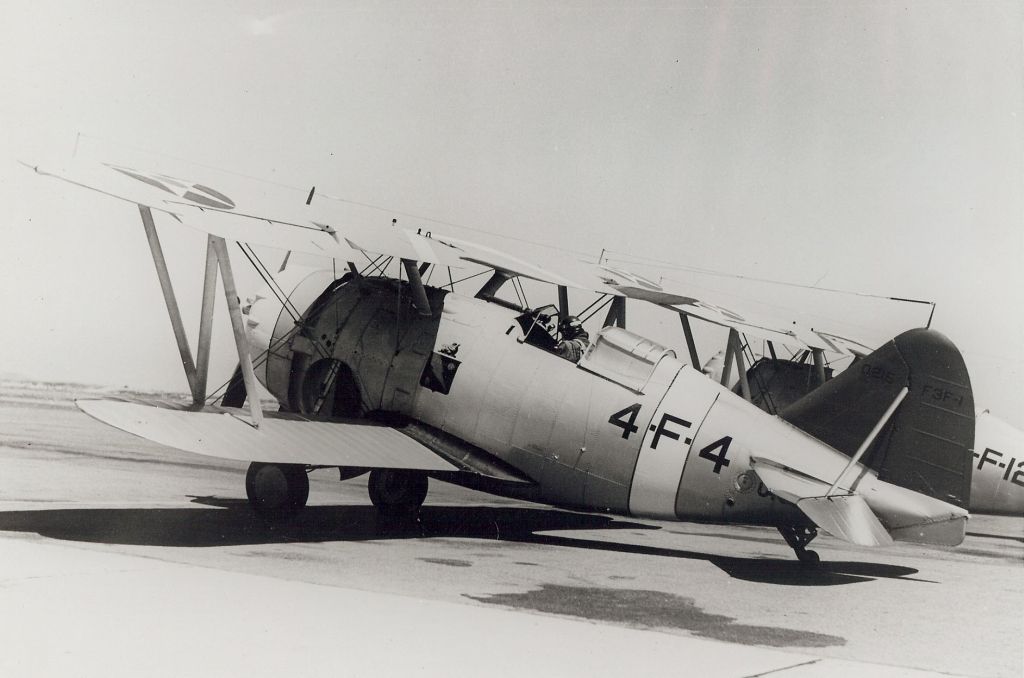



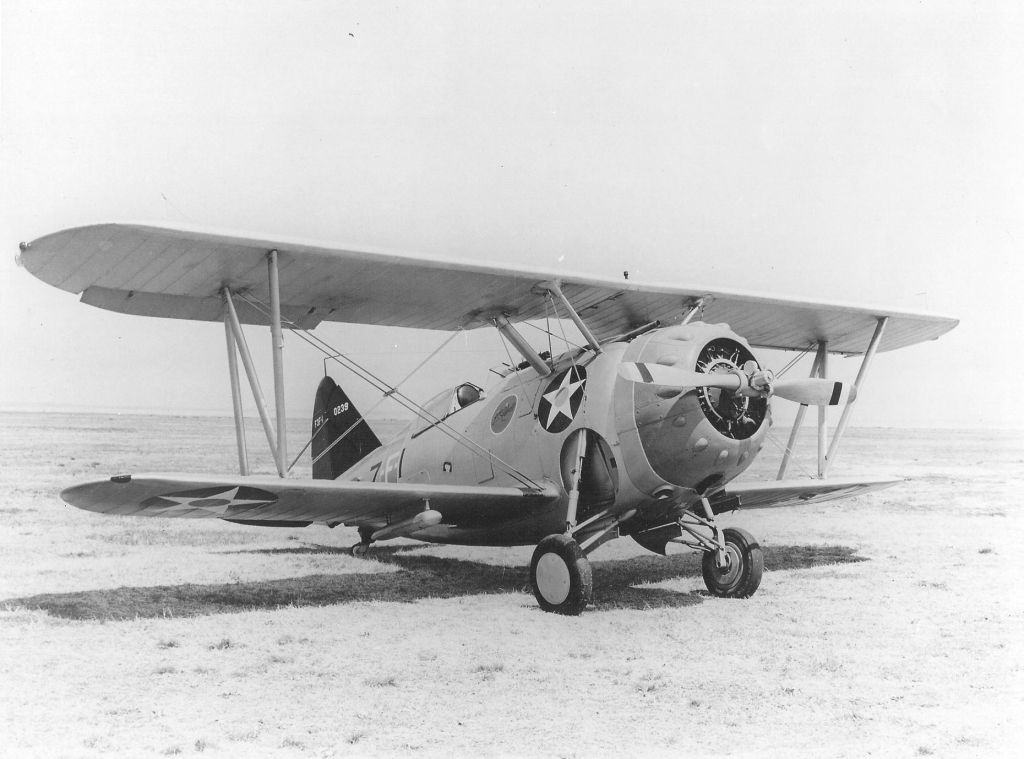
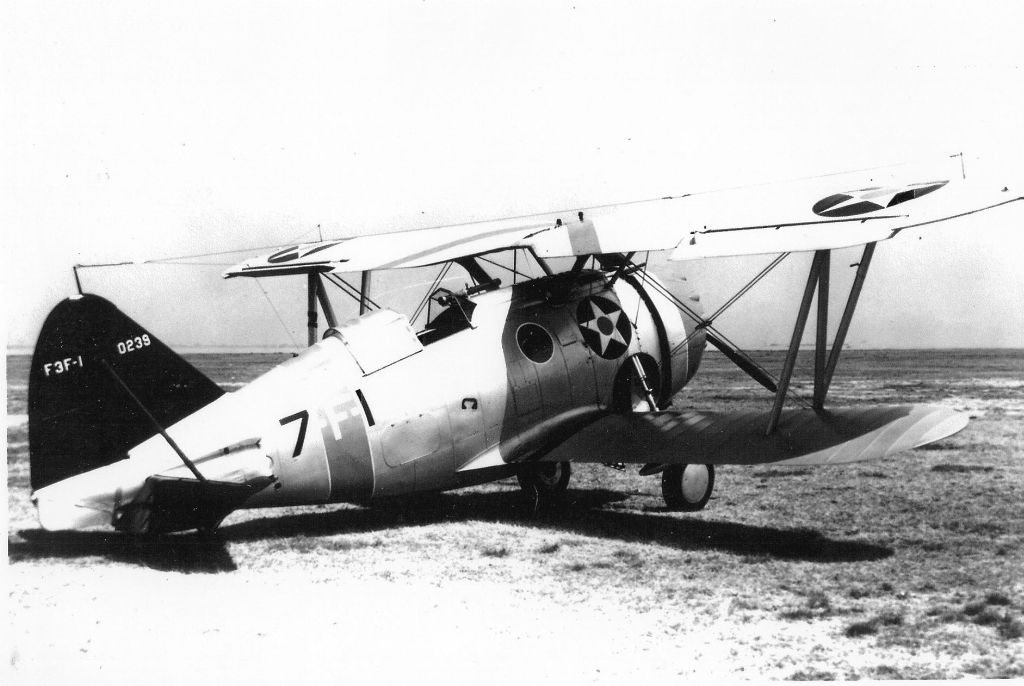
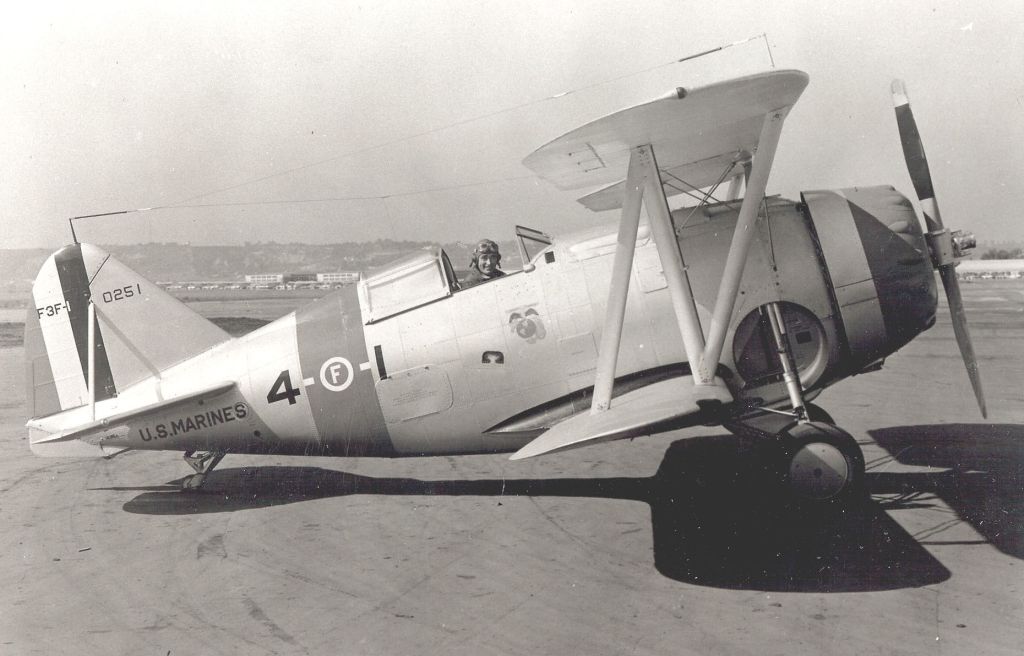
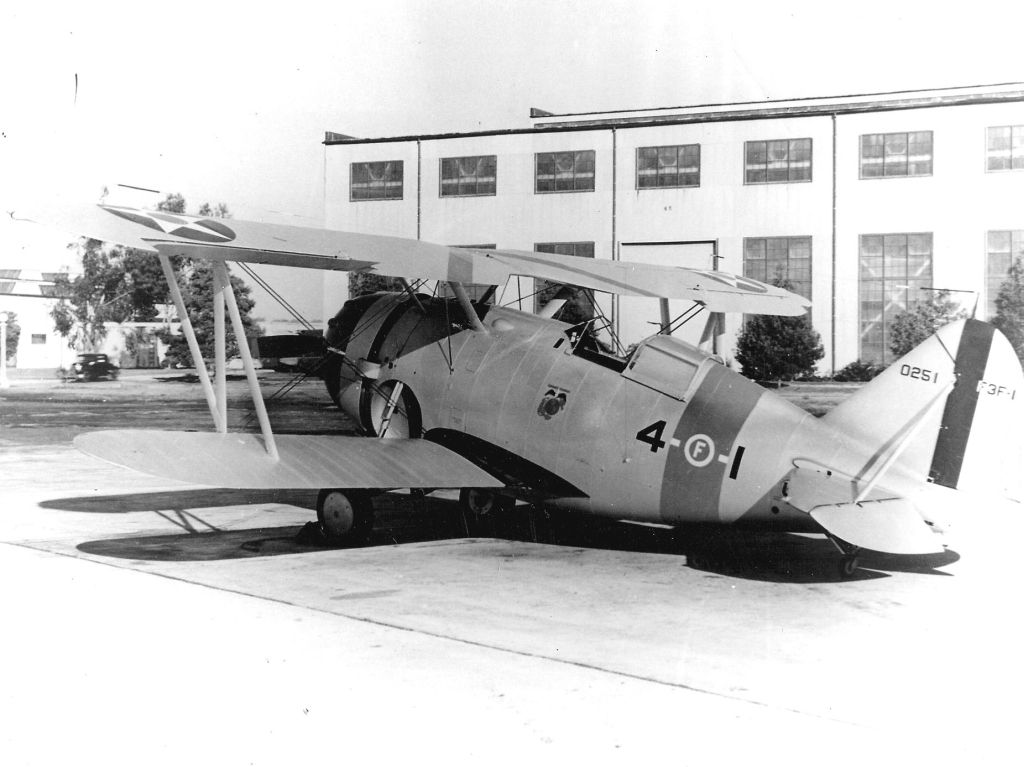
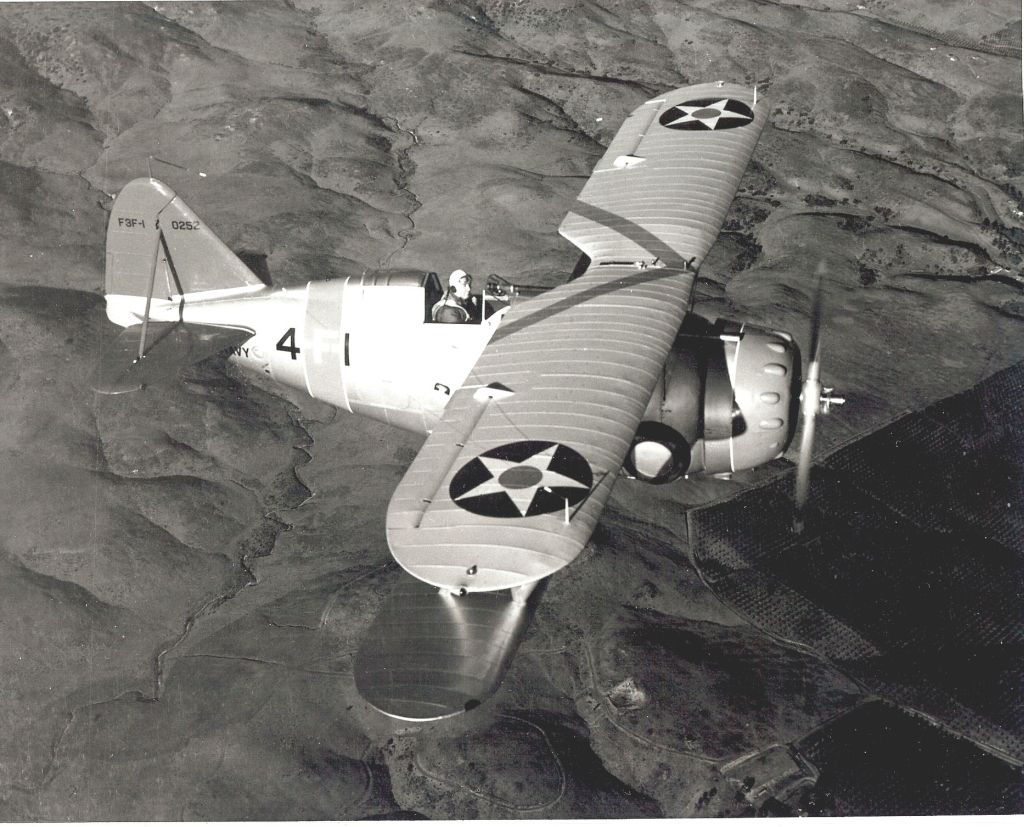
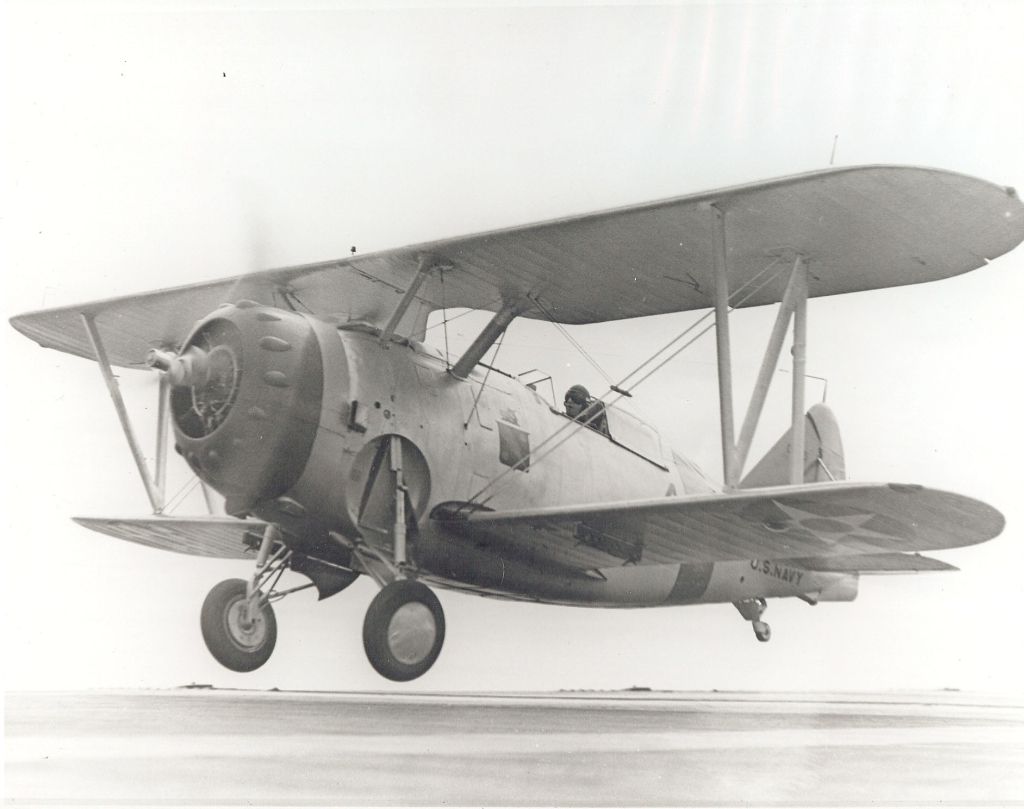

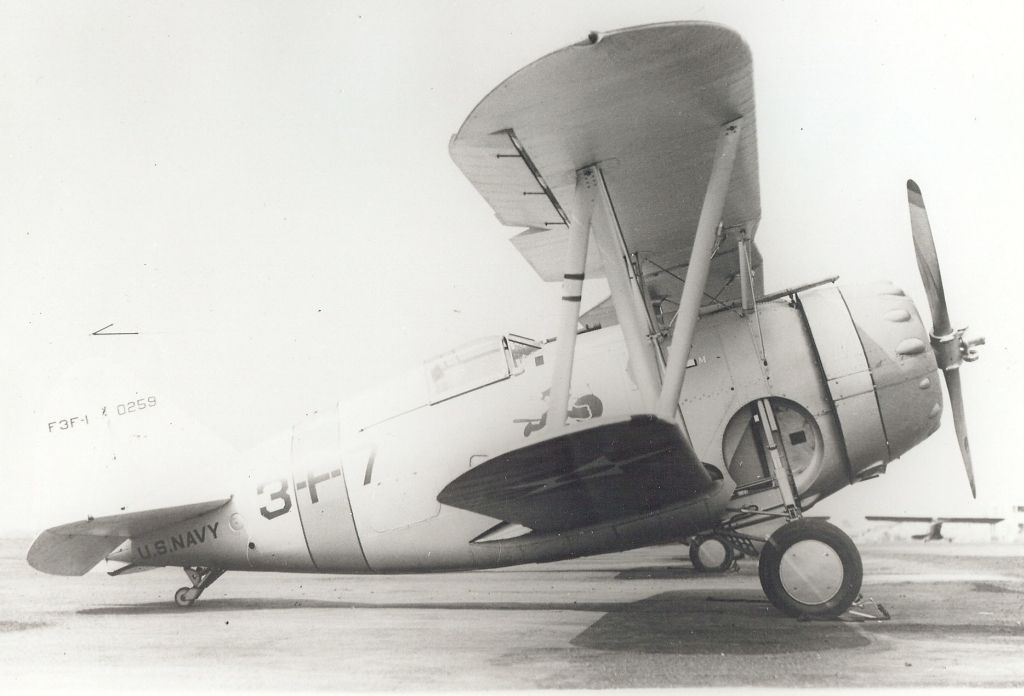
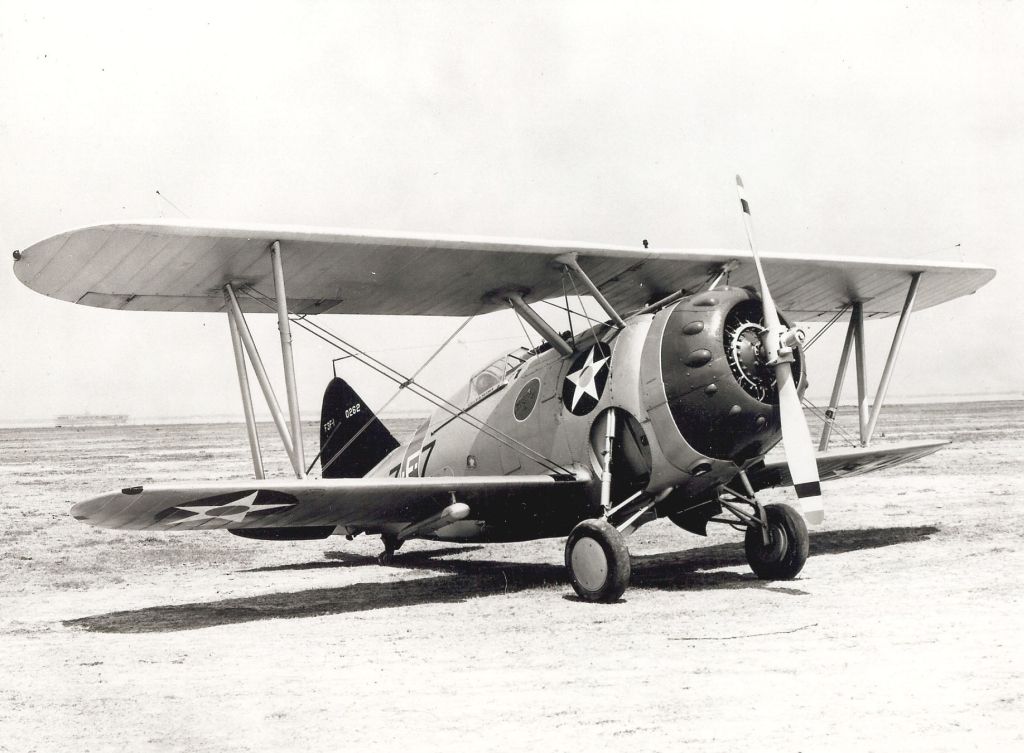
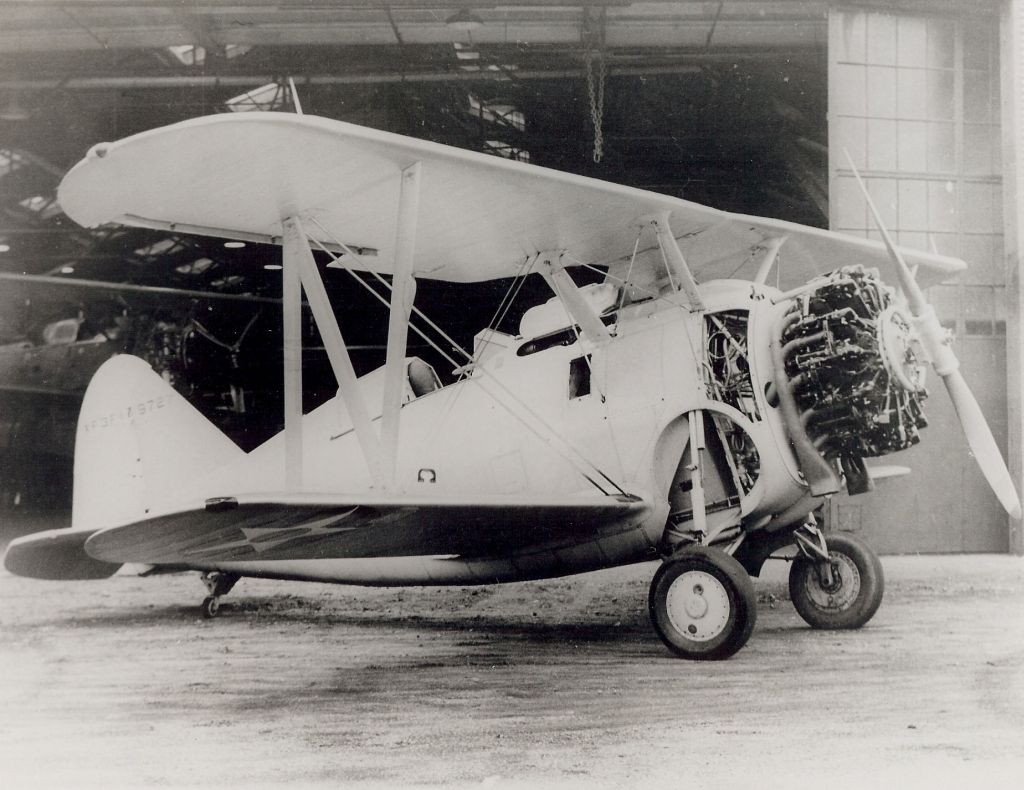

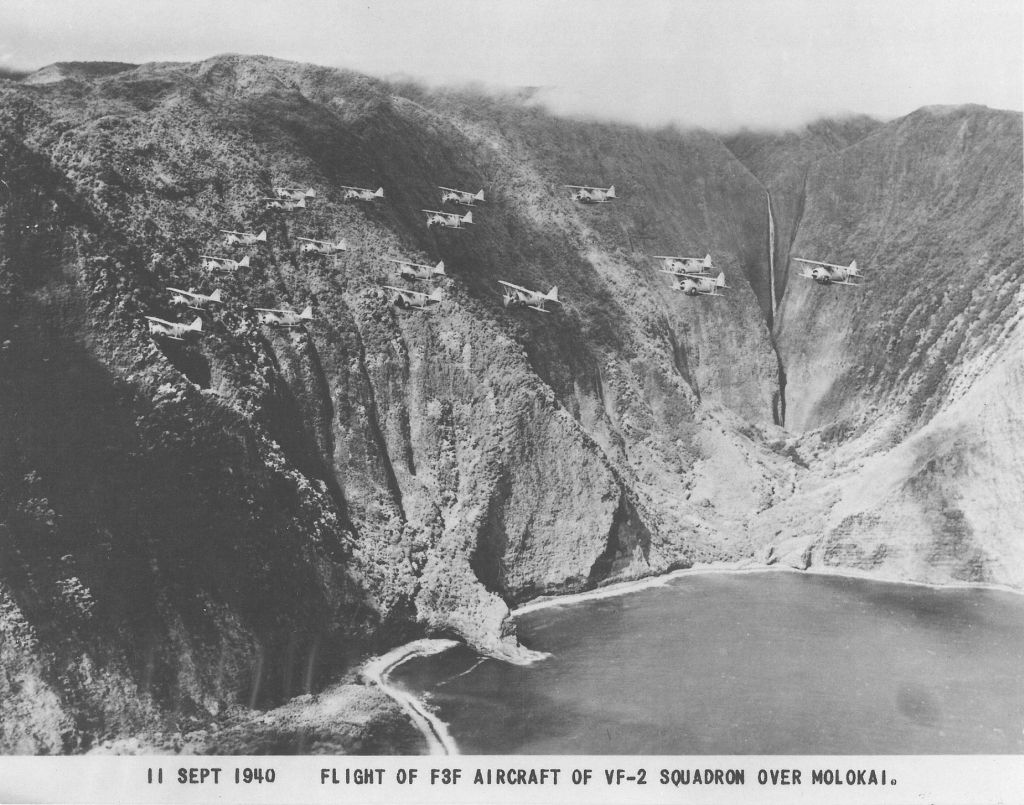
Below XF3F-2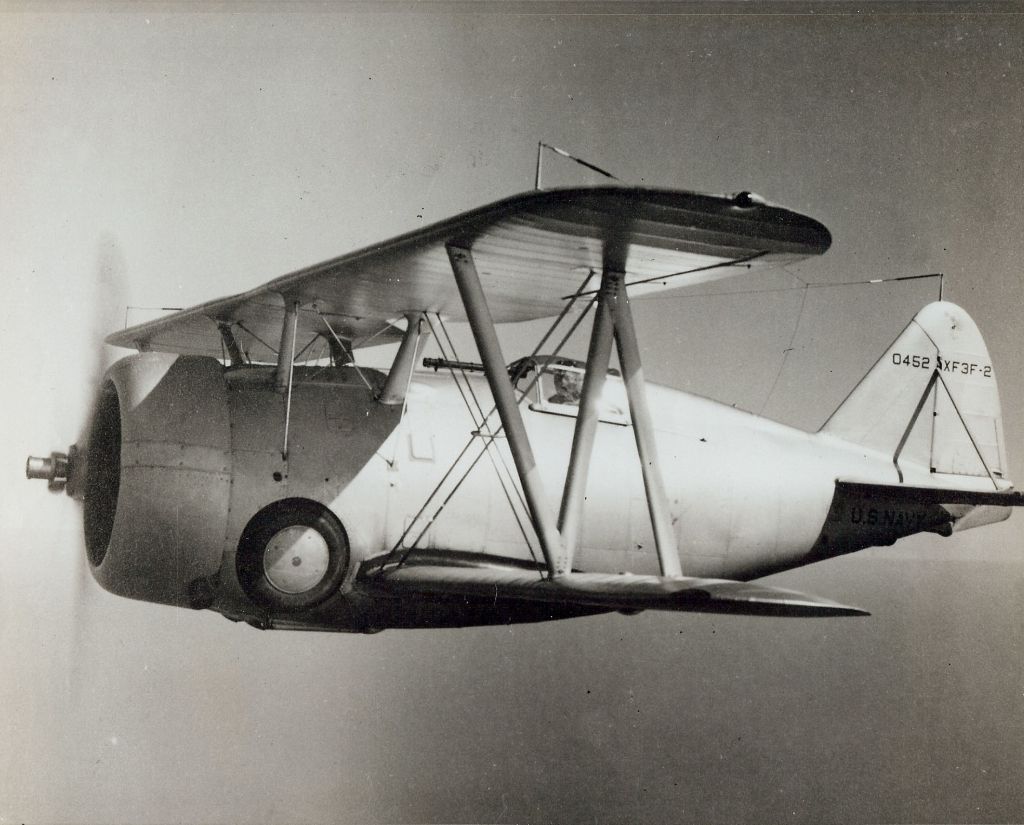
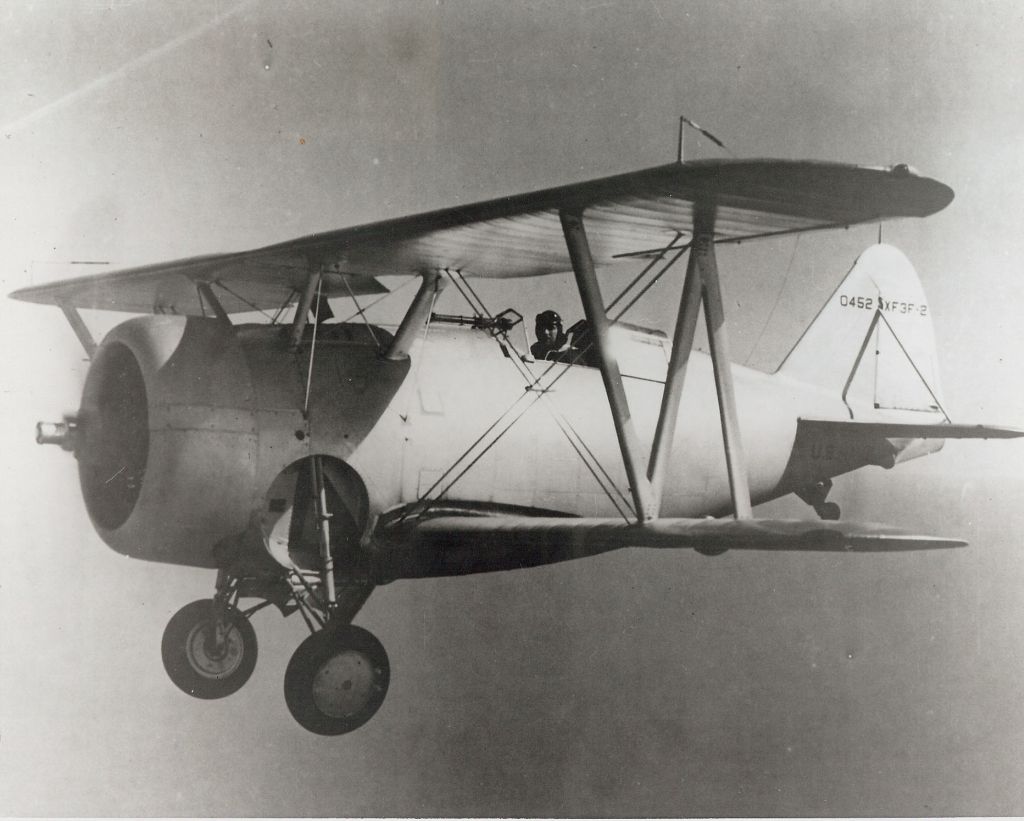
Below F3F-2
The entire F3F-2 production series was delivered in between 1937 and 1938; when deliveries ended, all seven Navy and Marine Corps pursuit squadrons were equipped with Grumman single-seat fighters.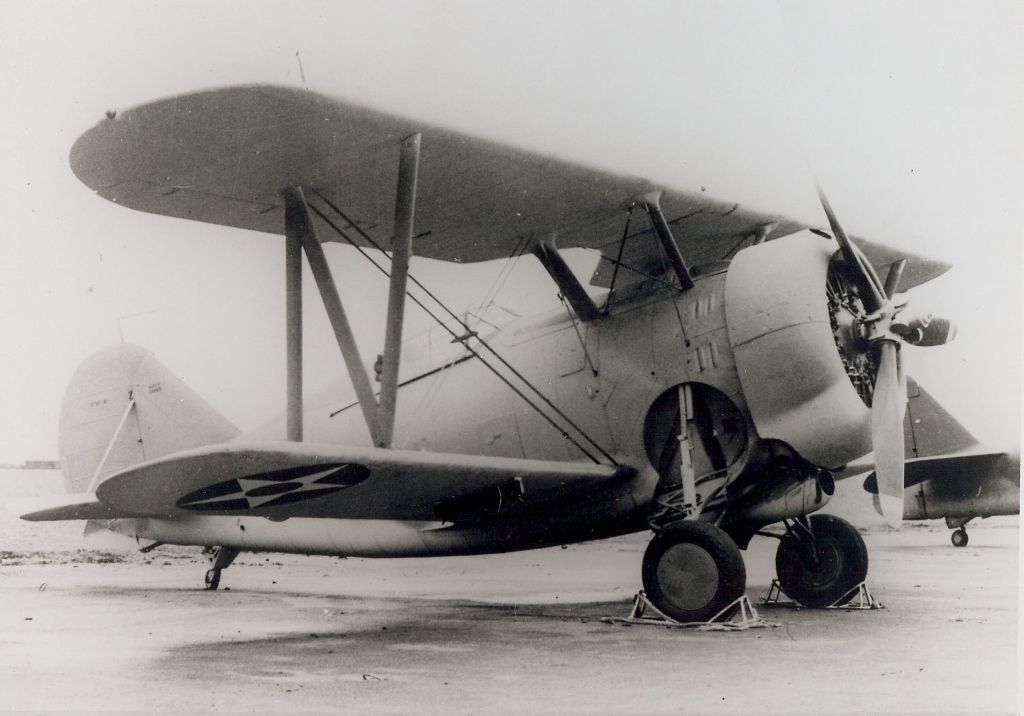
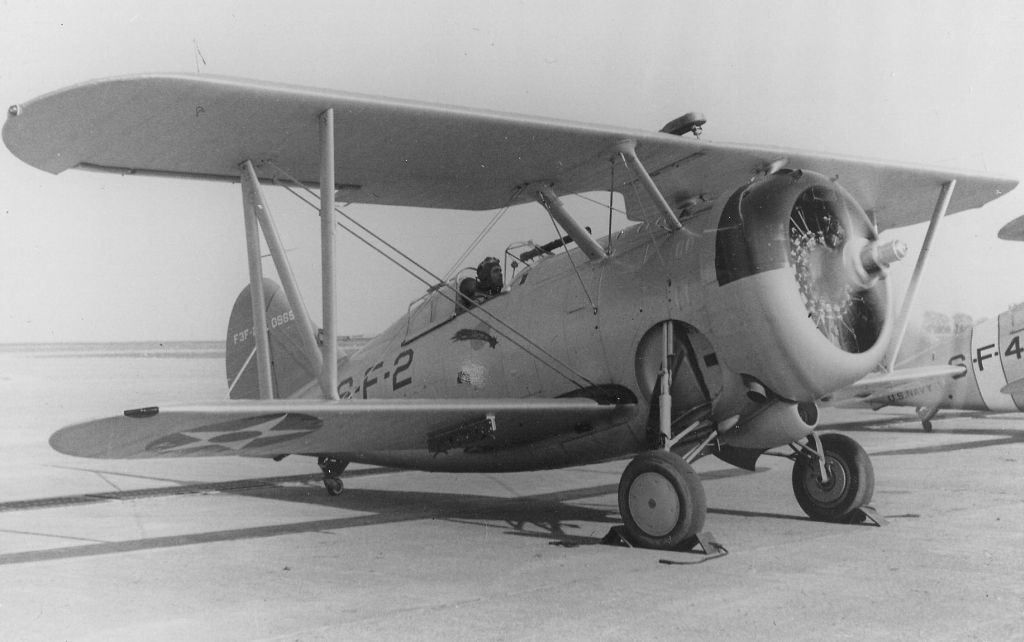
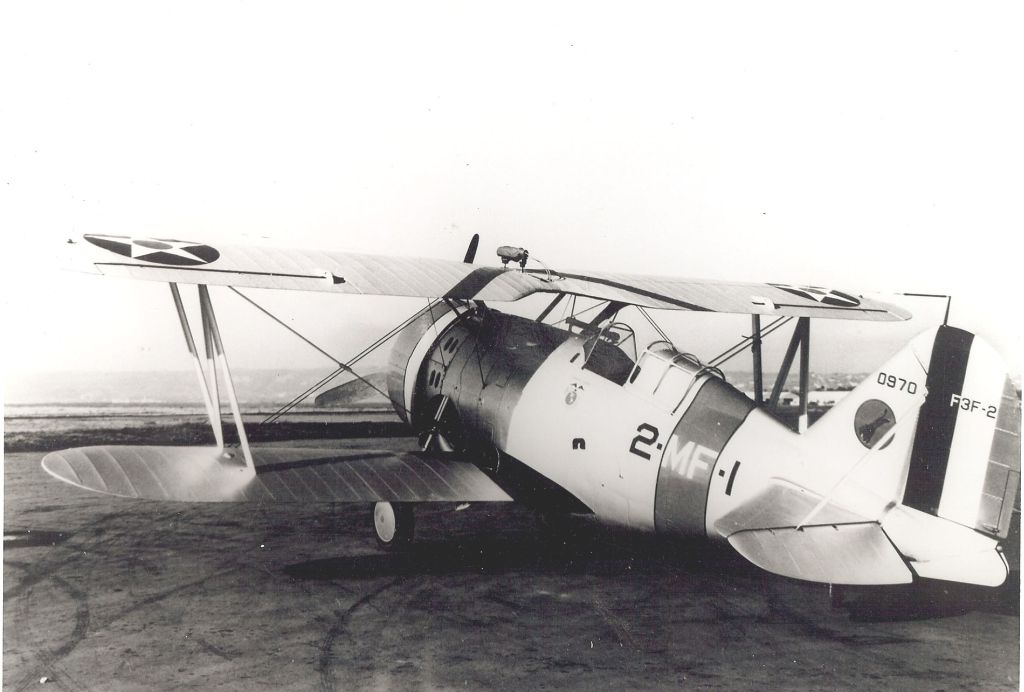
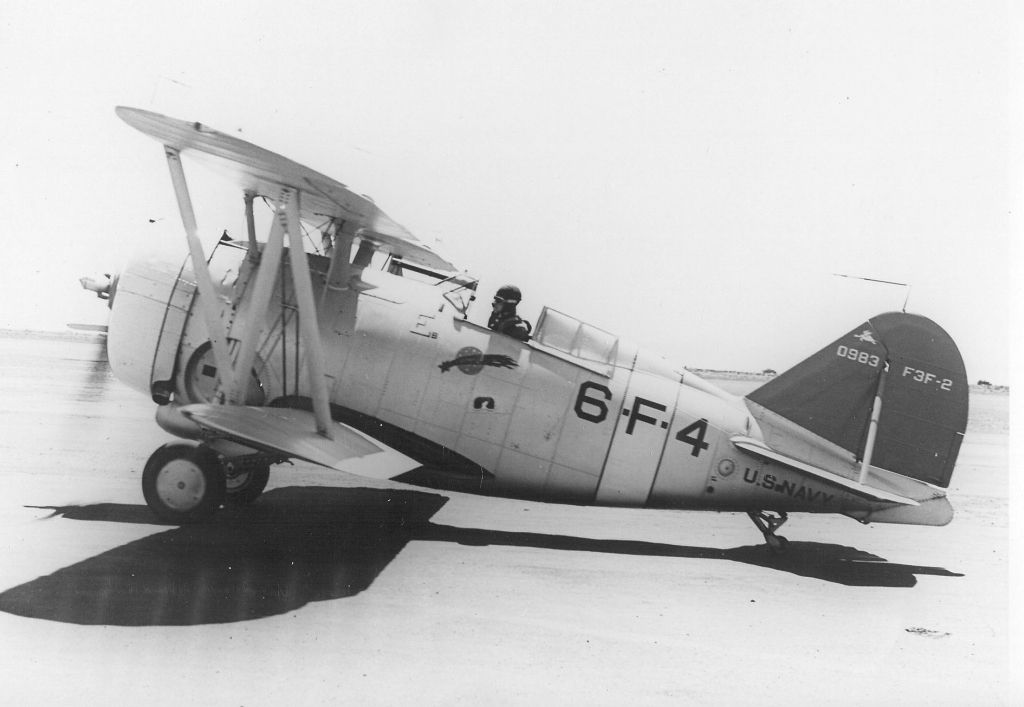

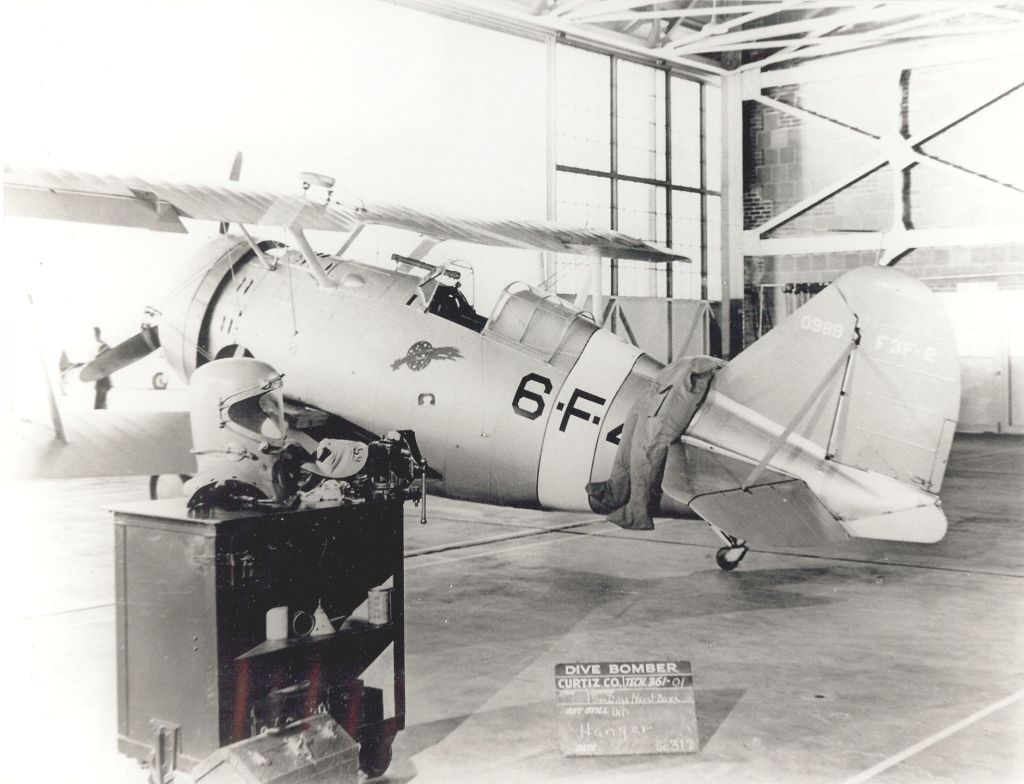
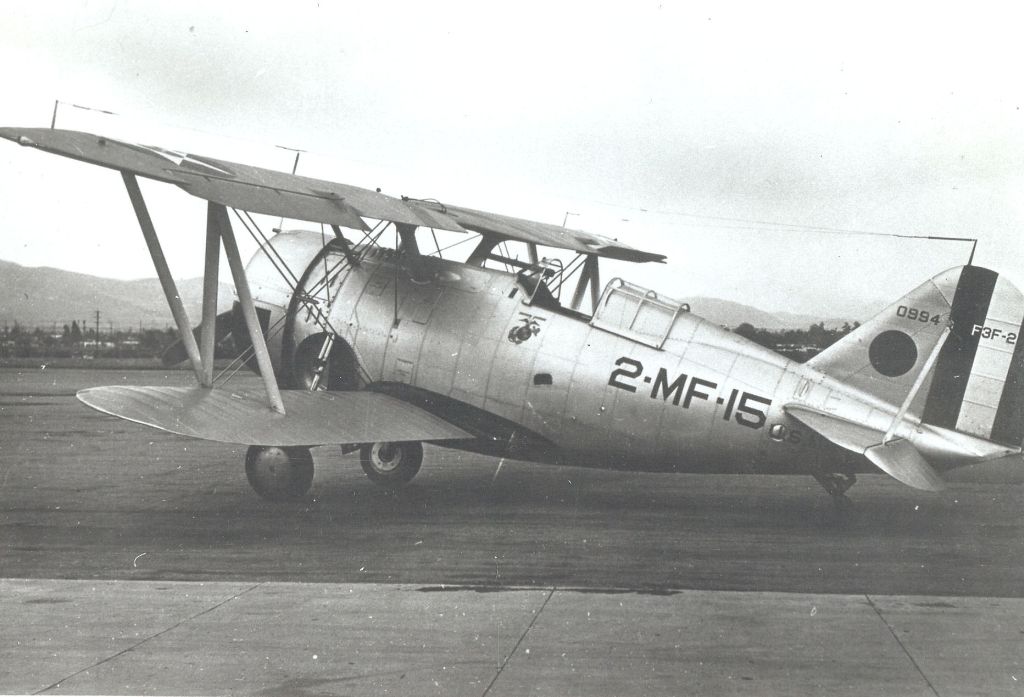
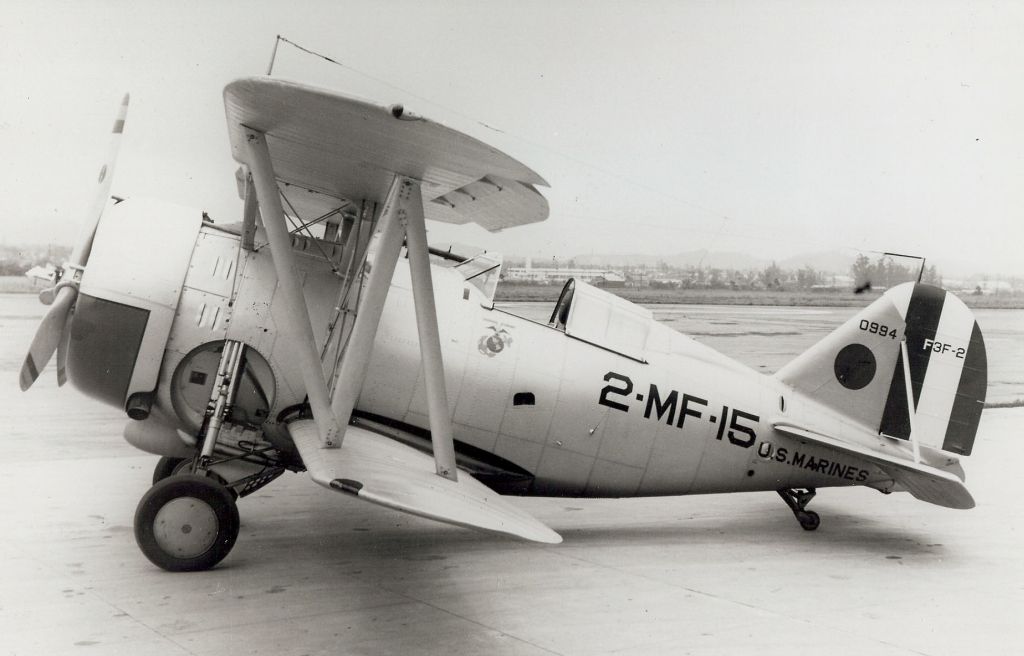
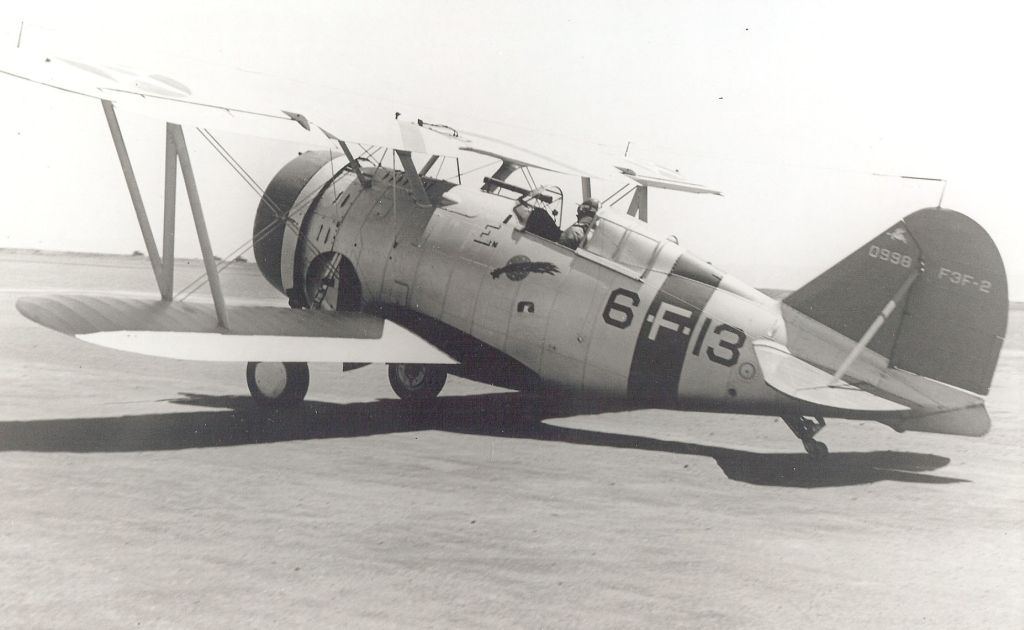

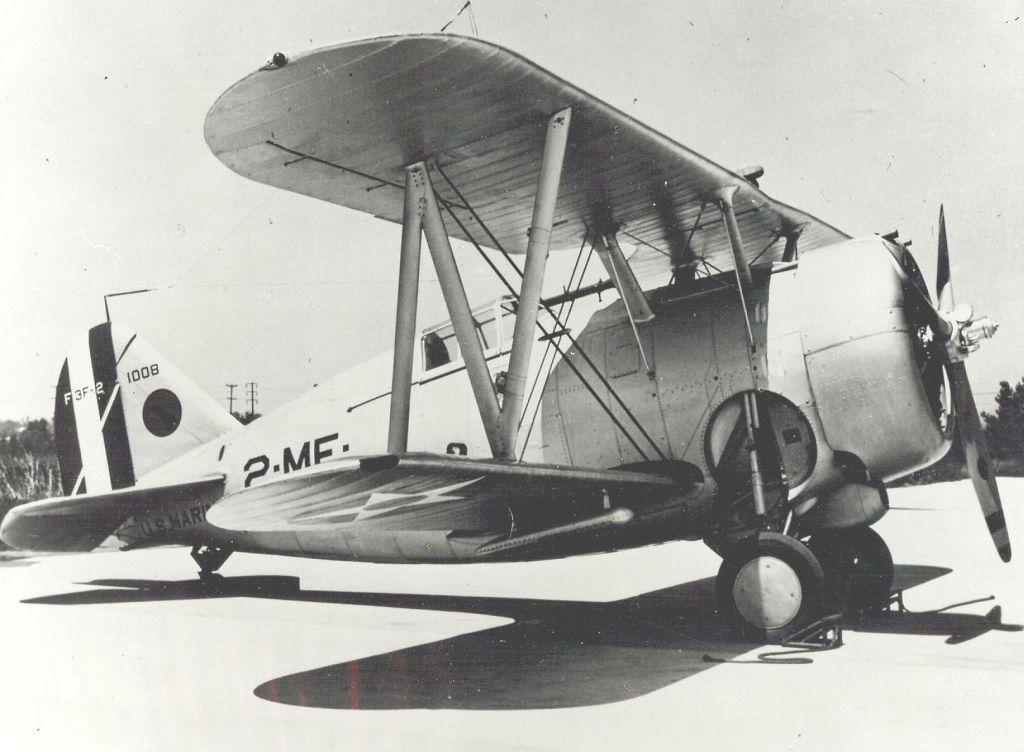
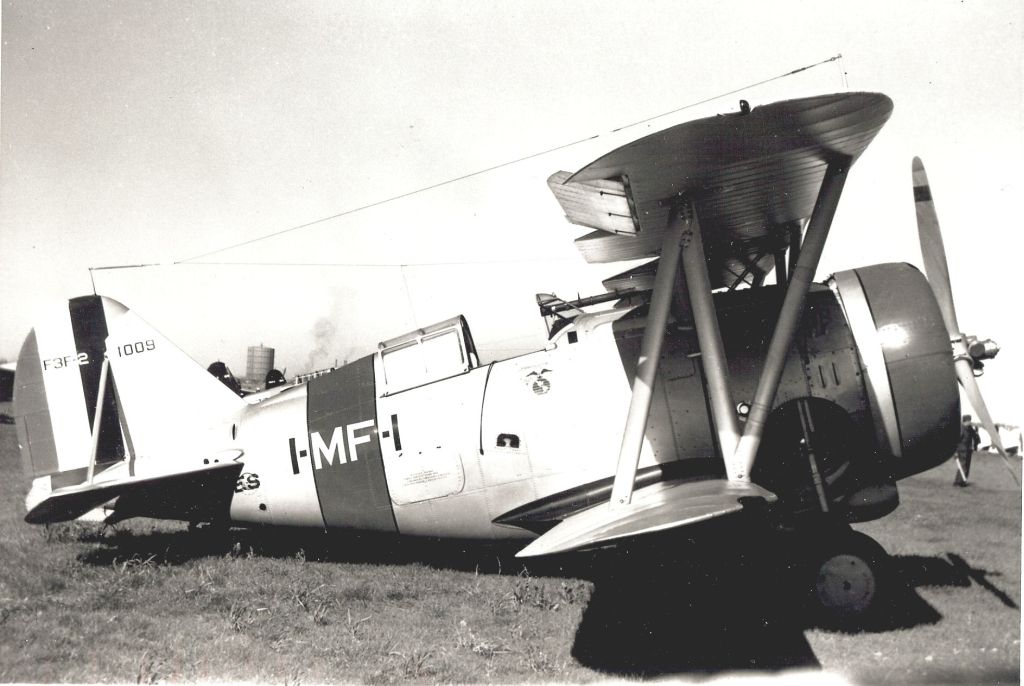
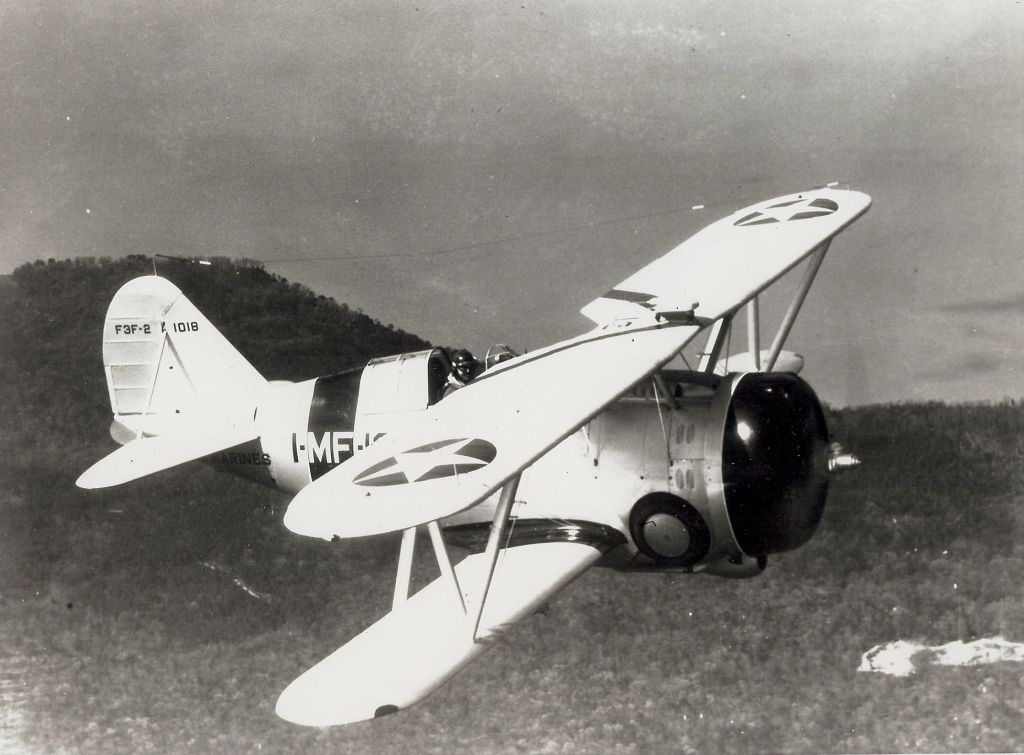
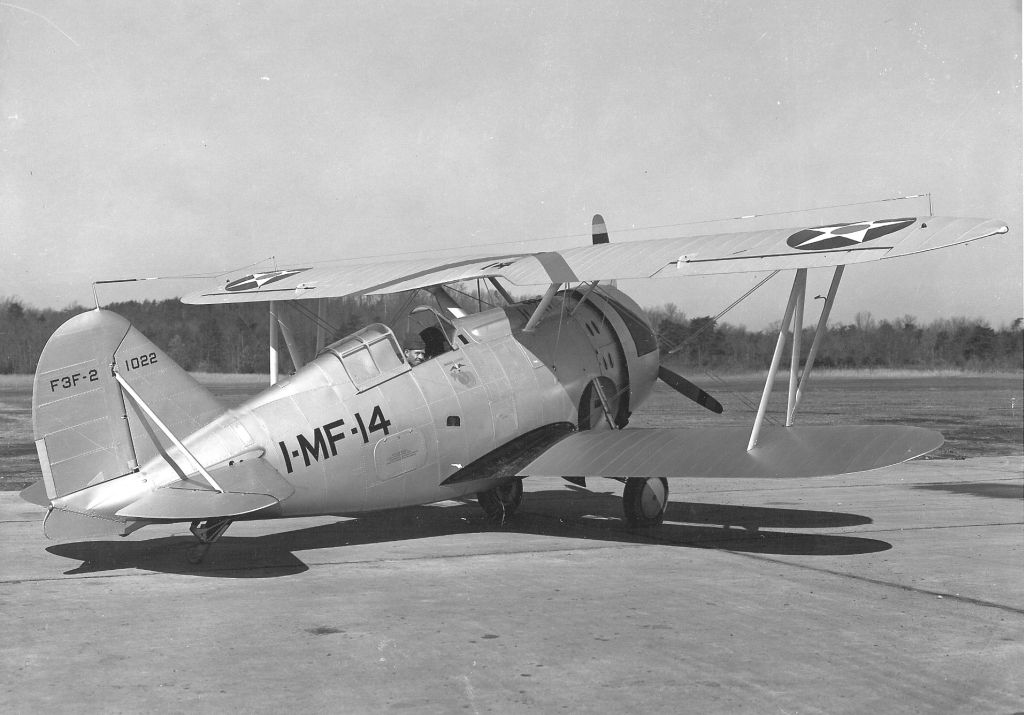
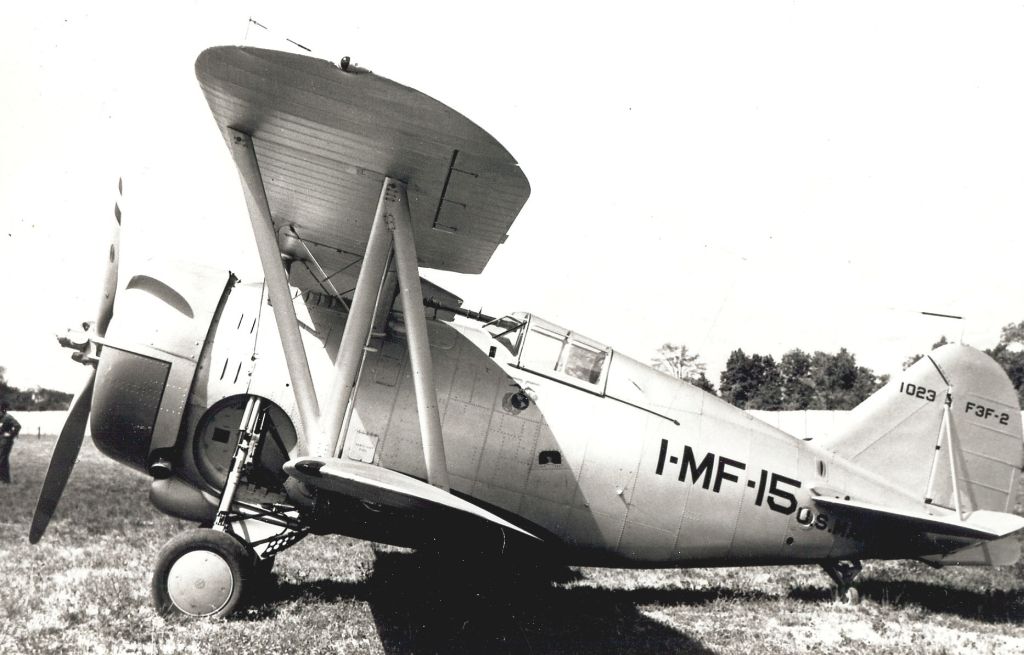

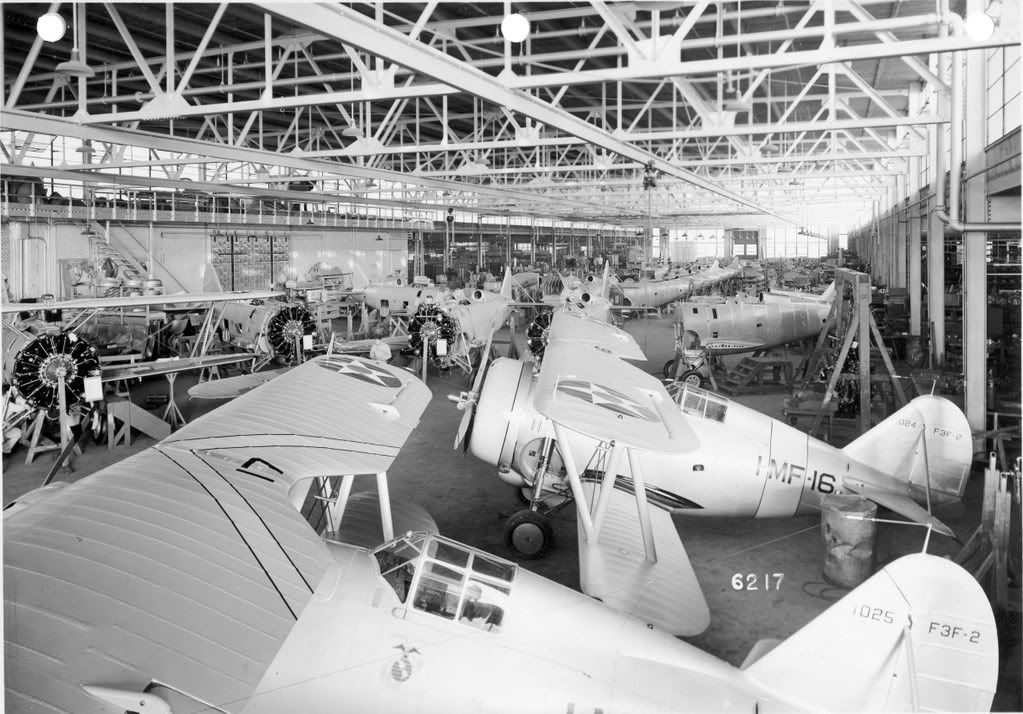
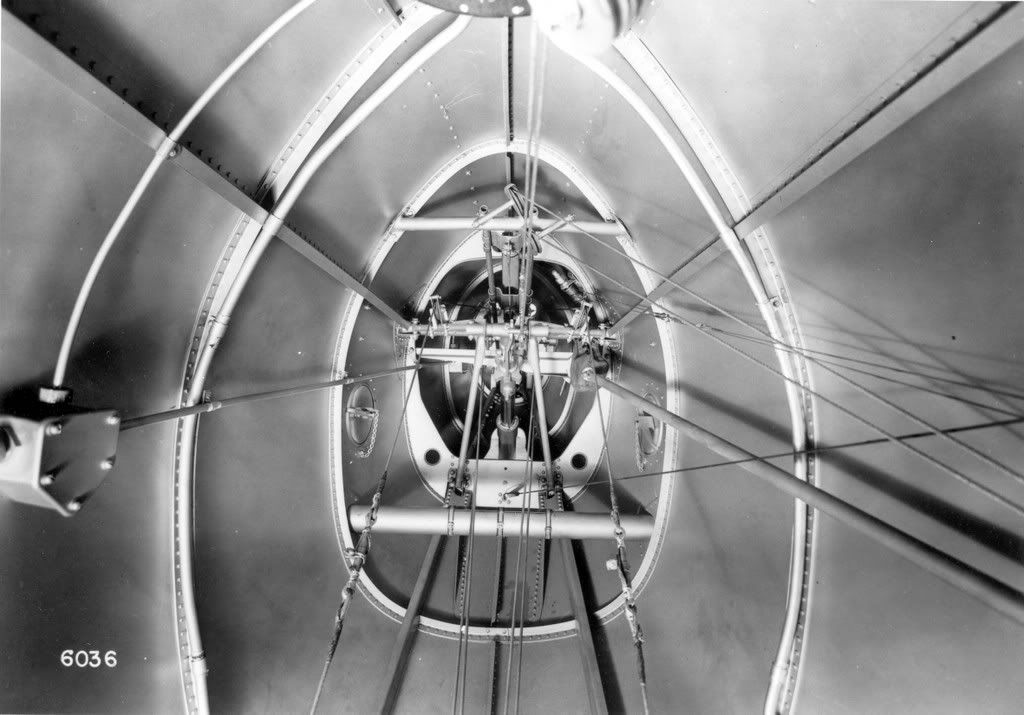
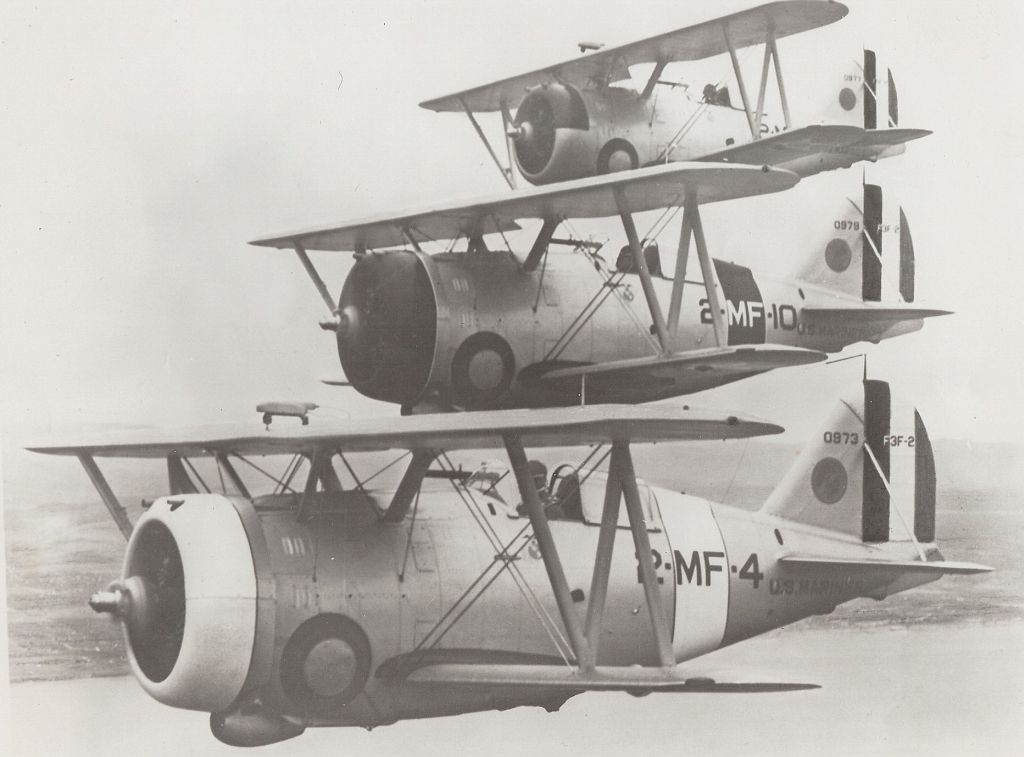
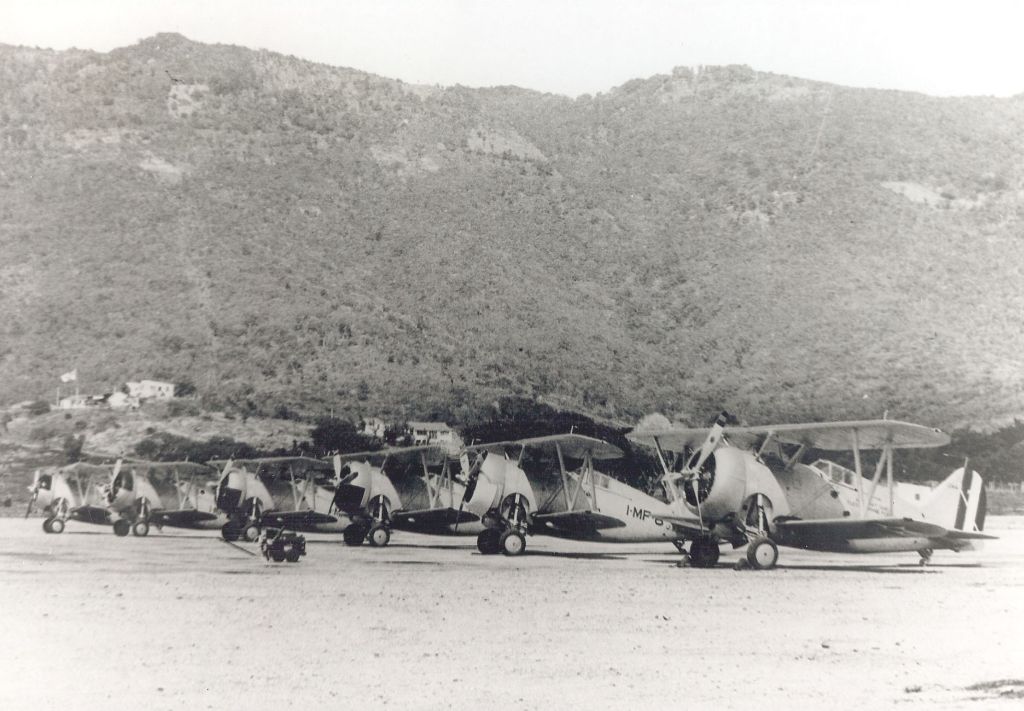
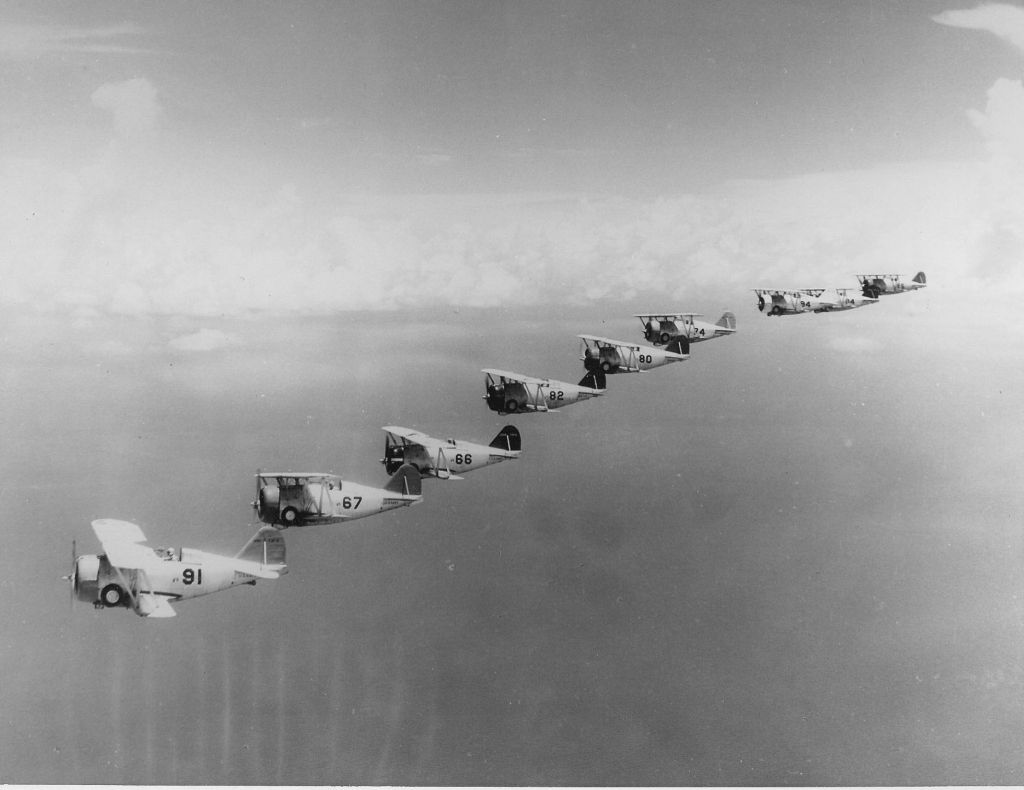

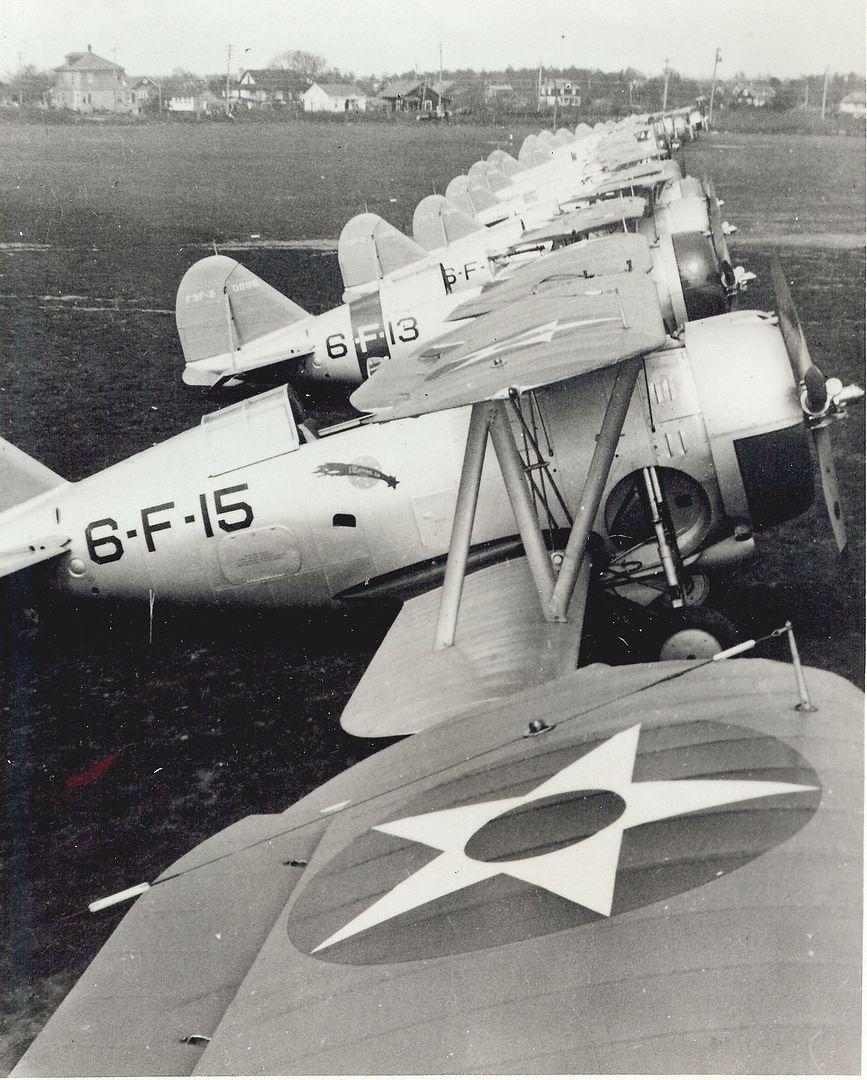
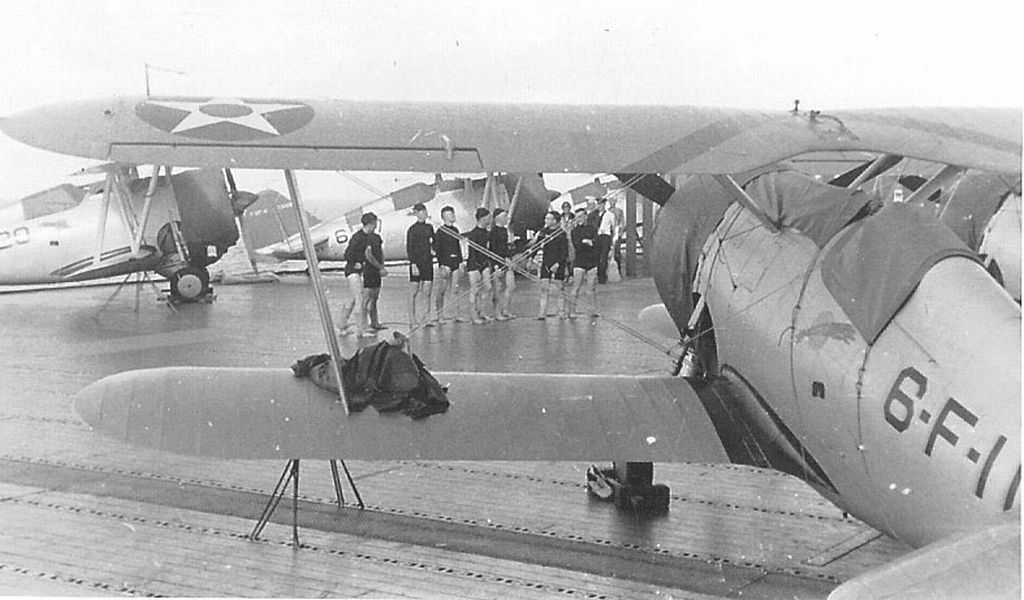
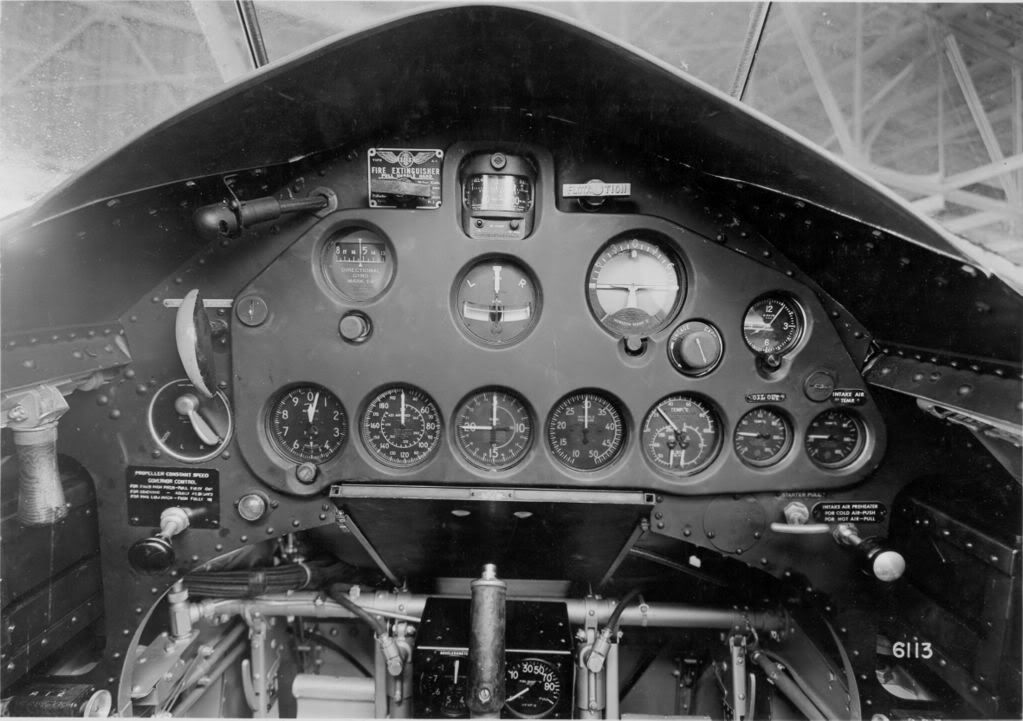

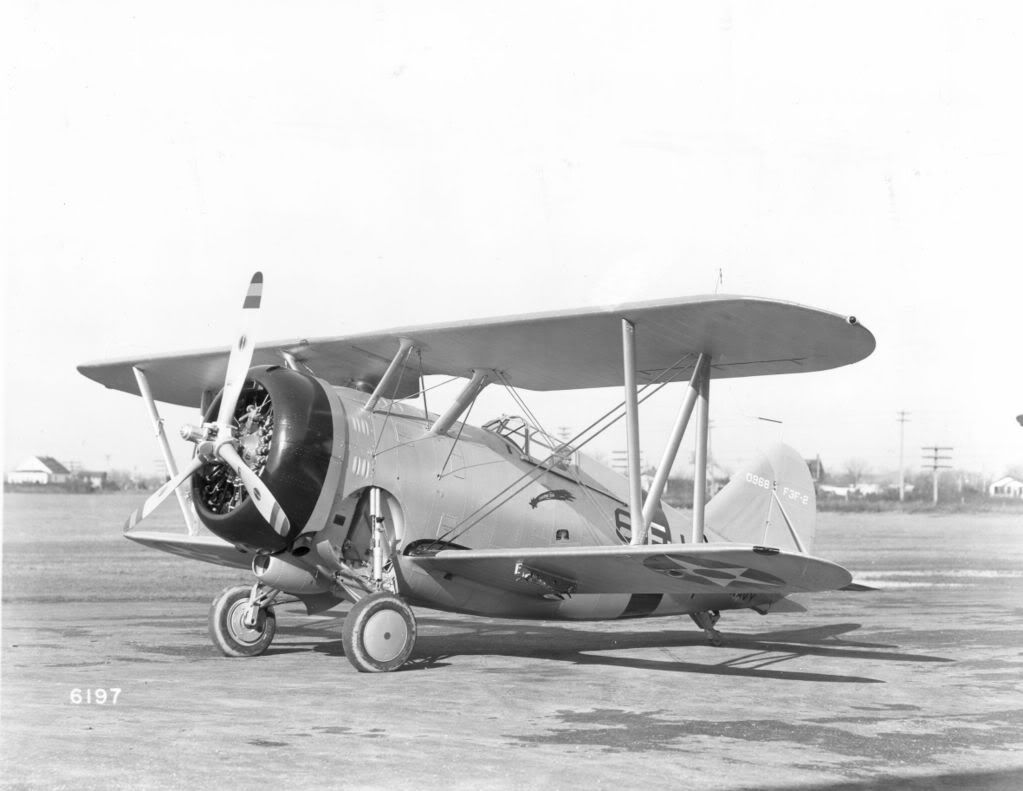

Below F3F-2-production
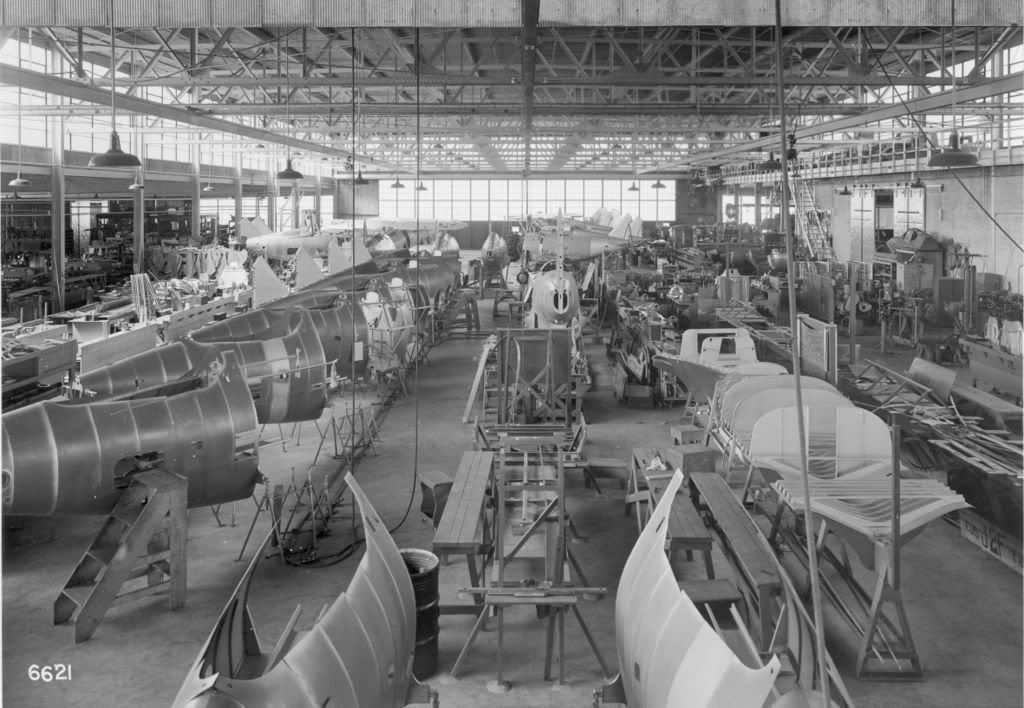
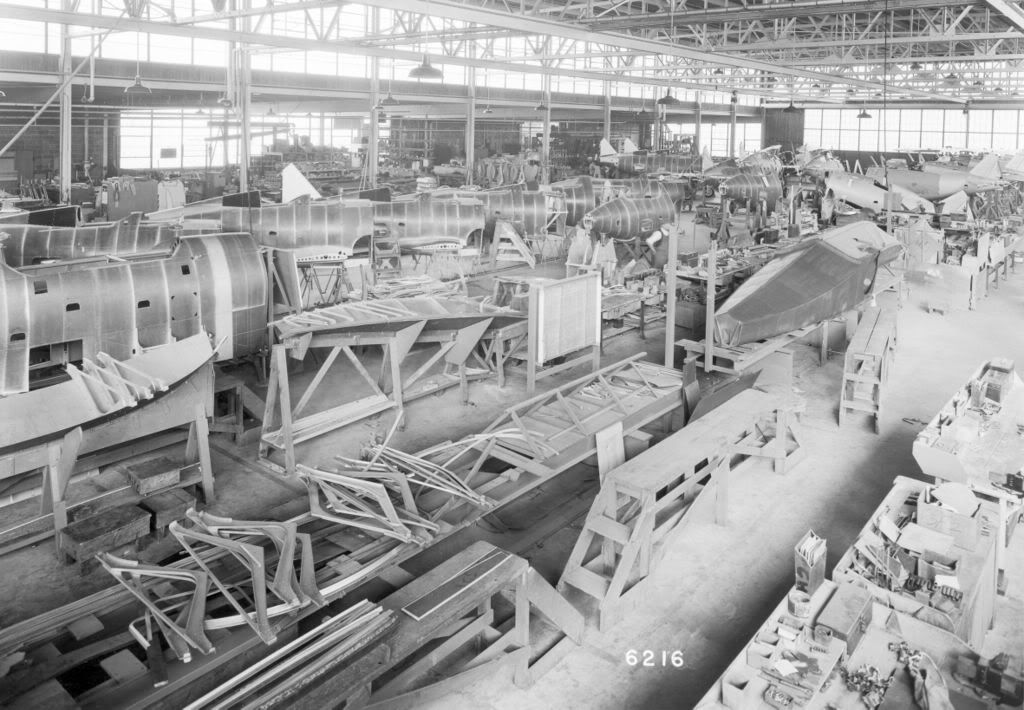


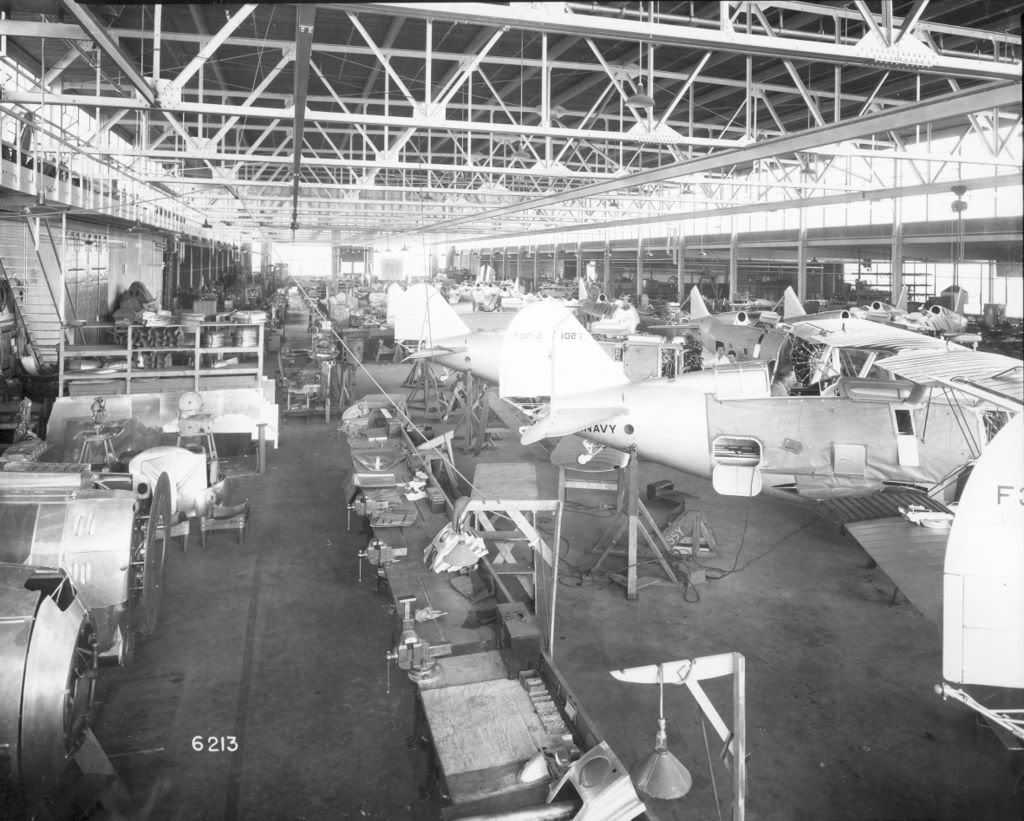

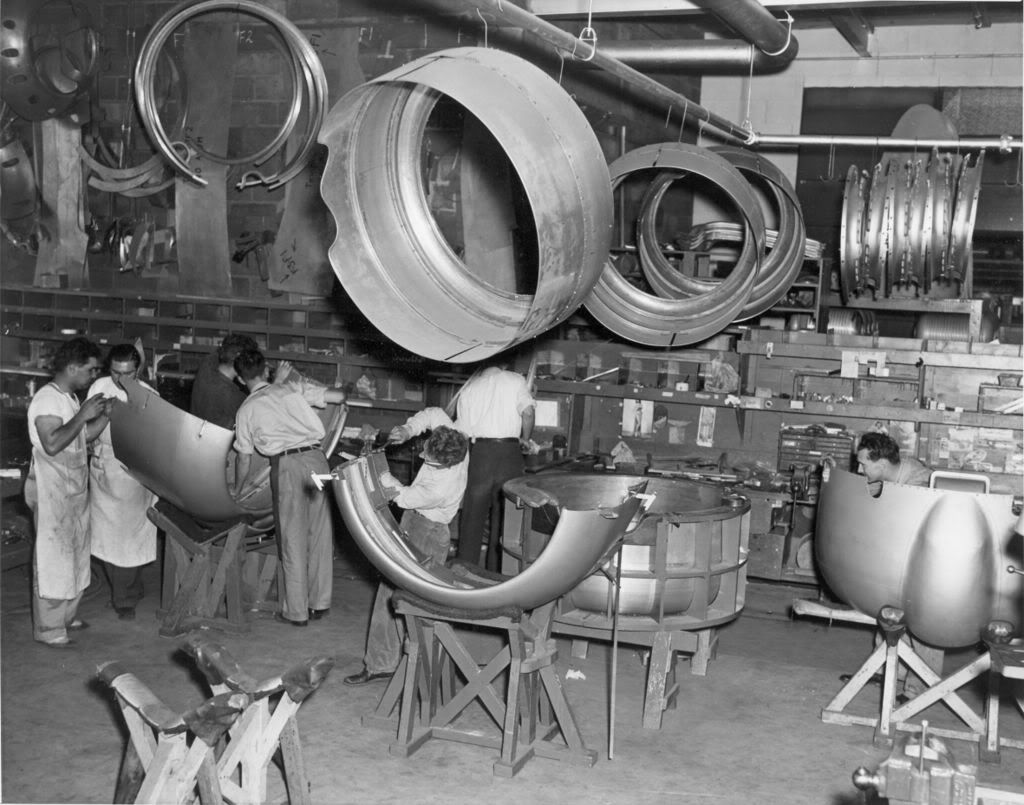
Below in colour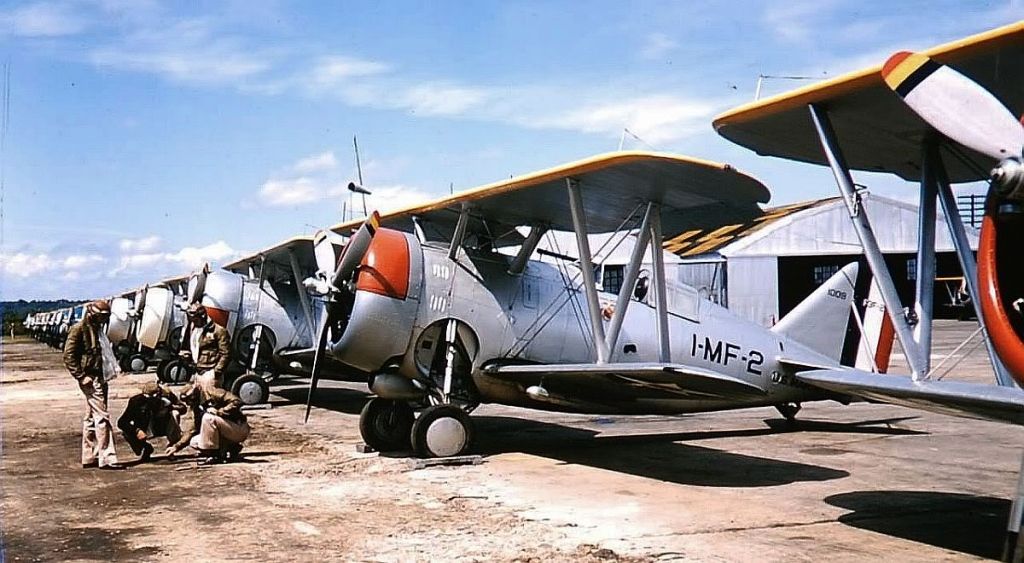
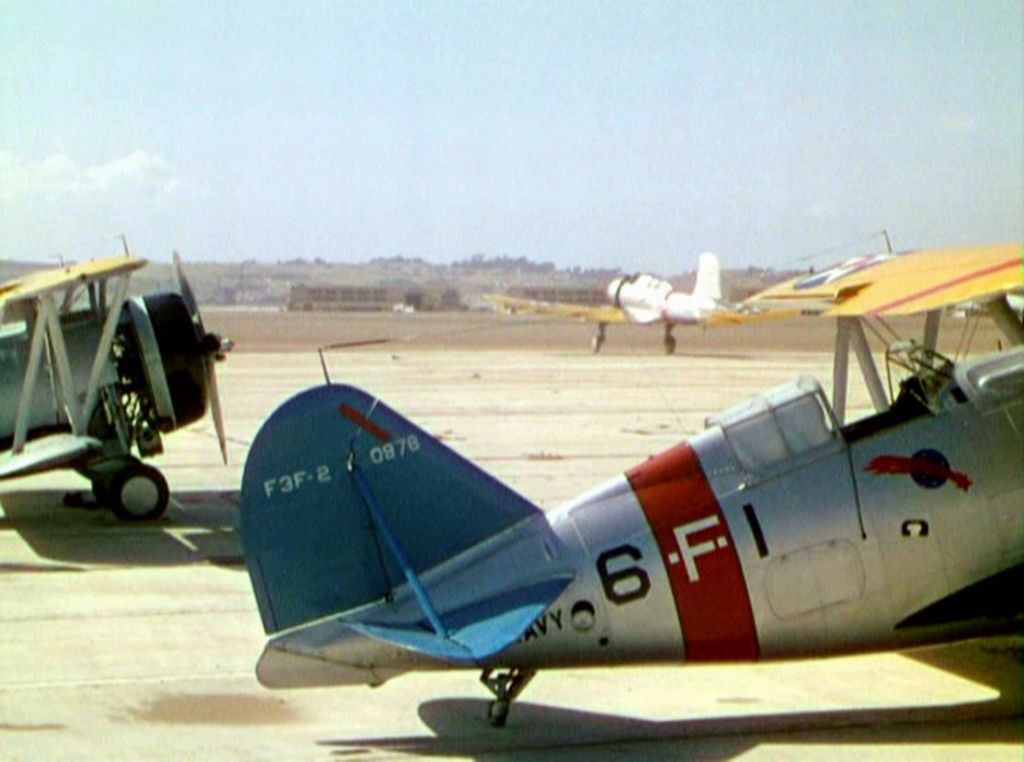
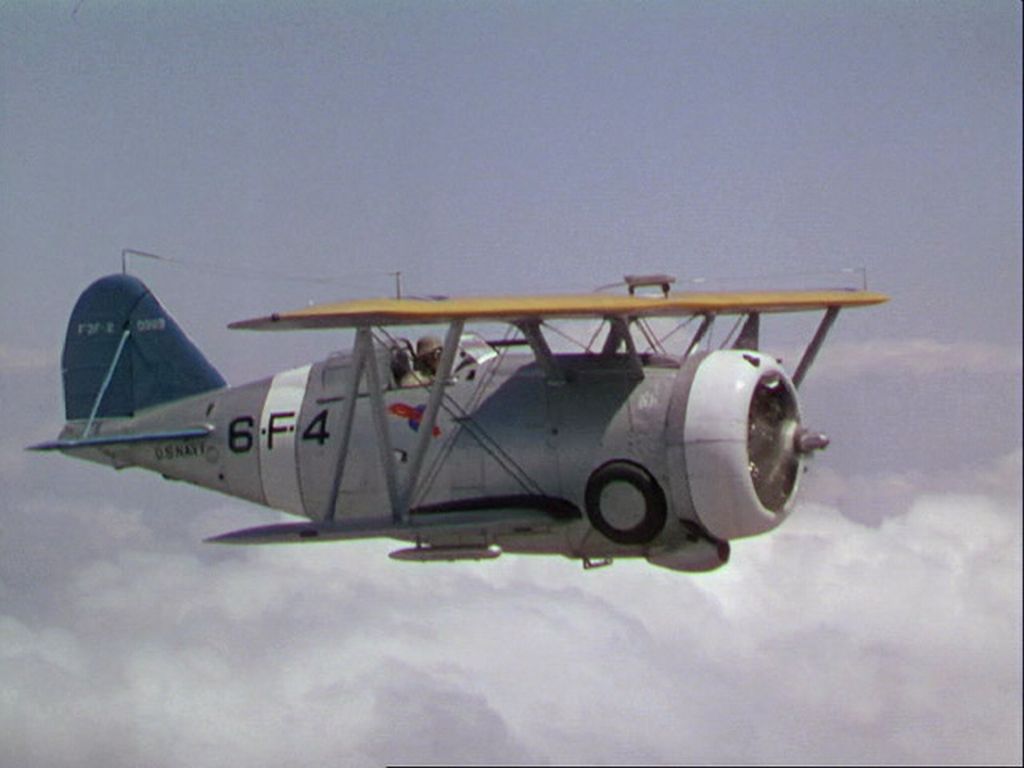
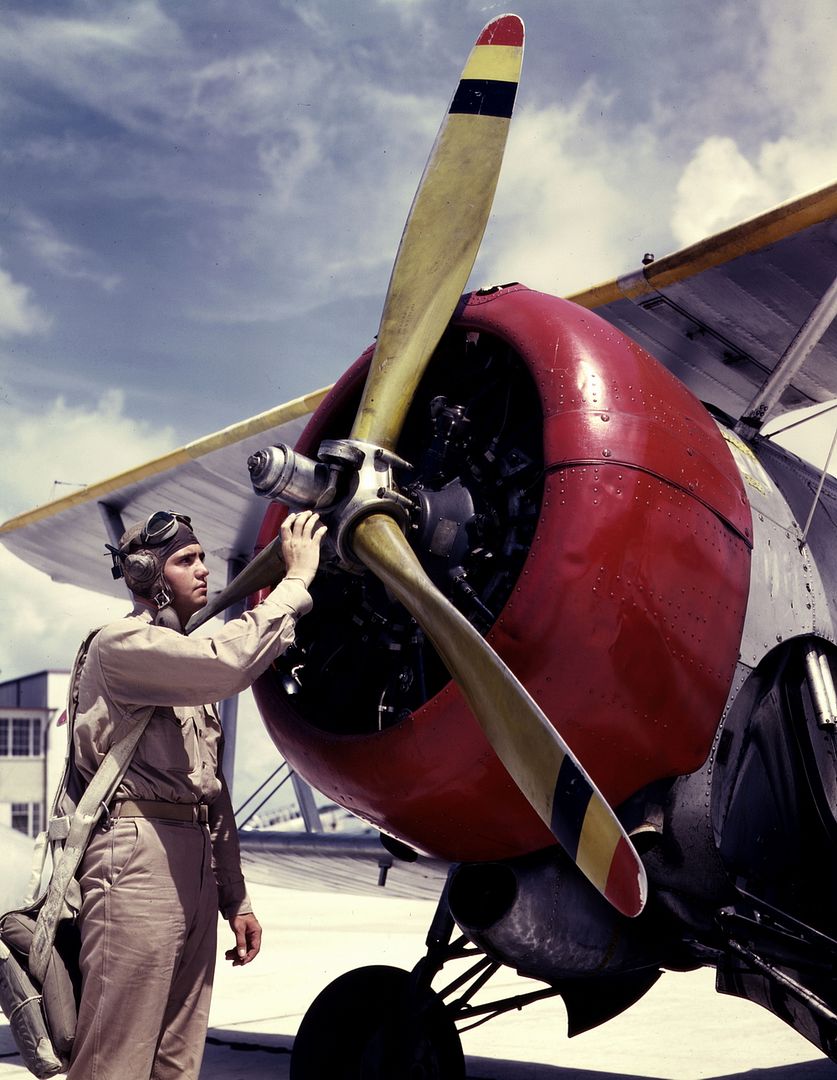
Below XF3F-3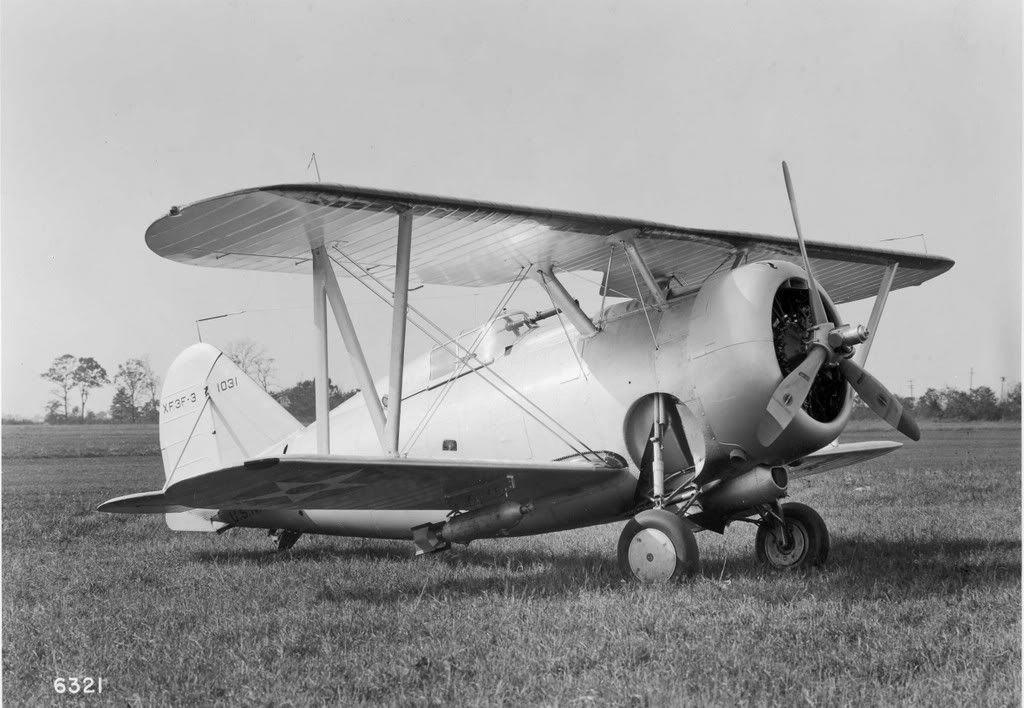
On 21 June 1938, the Navy ordered 27 improved F3F-3s, as new monoplane fighters like the Brewster F2A and Grumman's own F4F Wildcat were taking longer to develop than had been planned.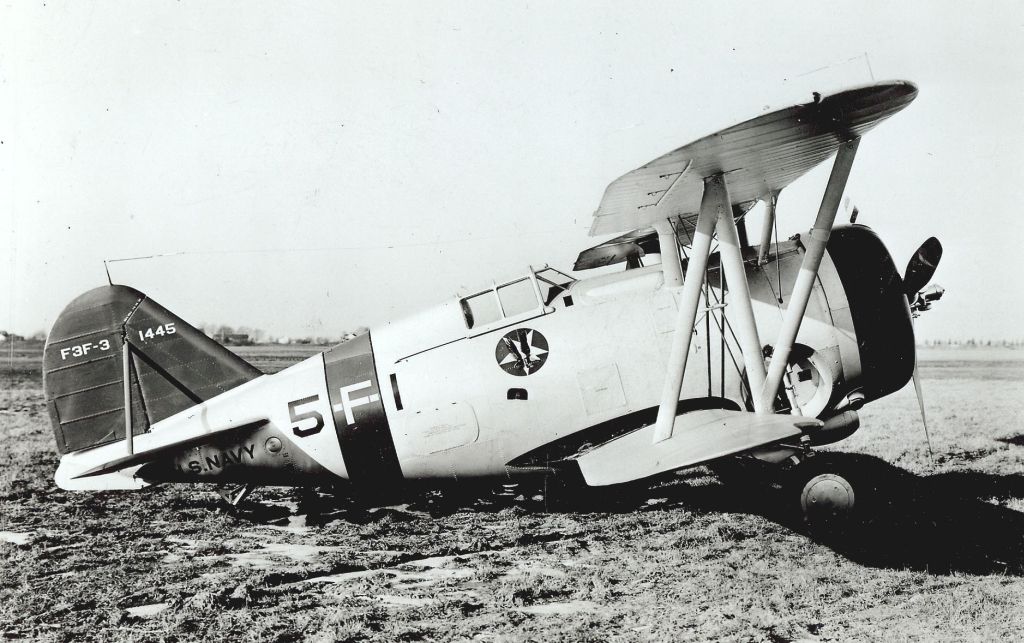

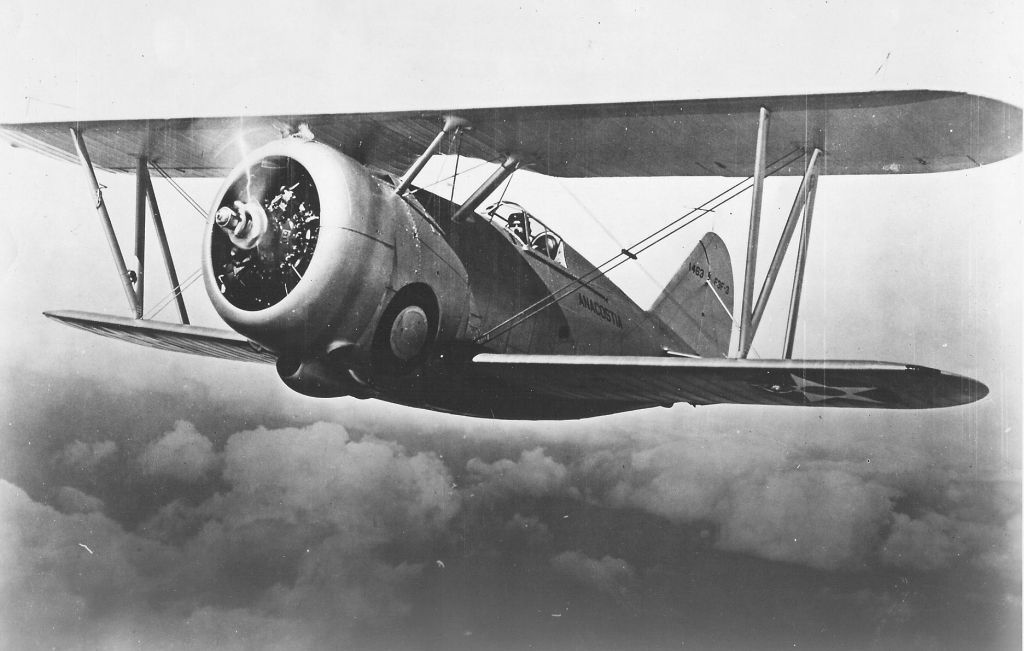

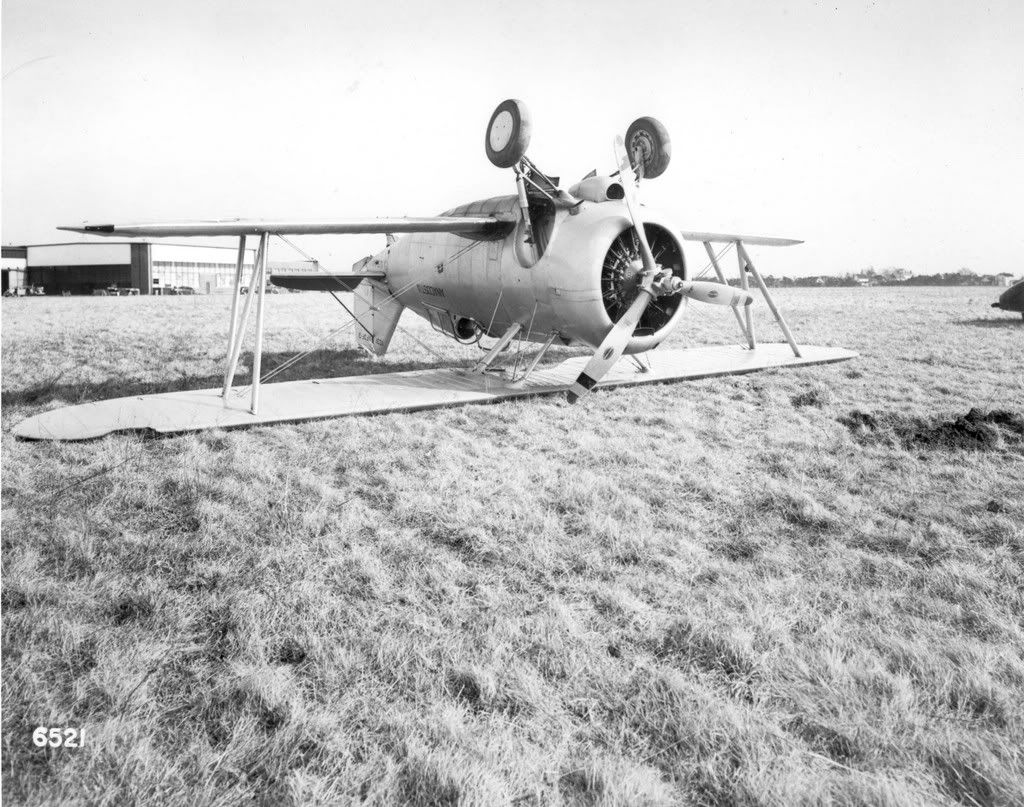
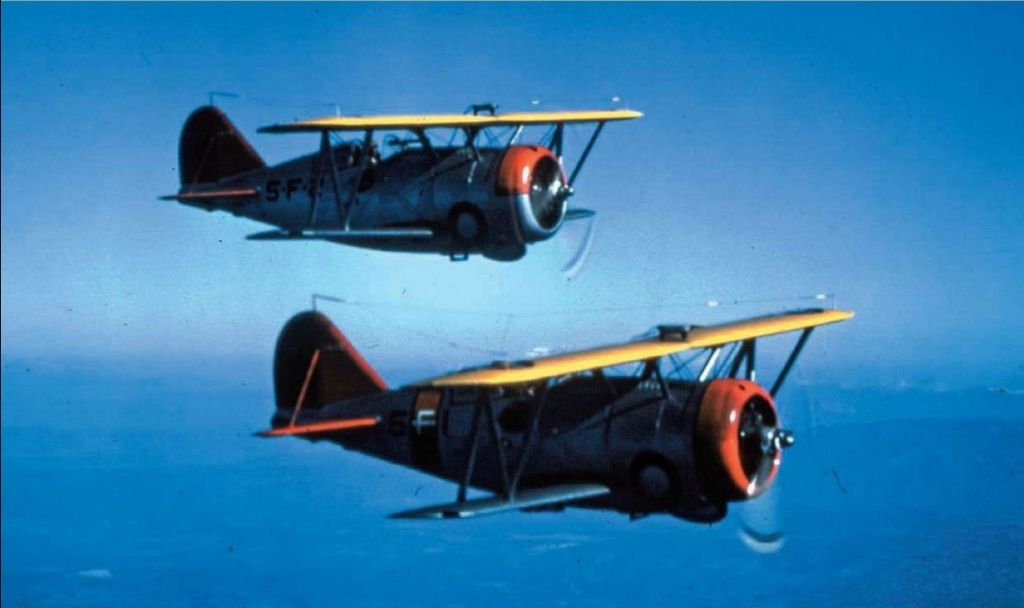
As usual right click.
Regards Duggy
Post a reply
- Go to Previous topic
- Go to Next topic
- Go to Welcome
- Go to Introduce Yourself
- Go to General Discussion
- Go to Screenshots, Images and Videos
- Go to Off topic
- Go to Works in Progress
- Go to Skinning Tips / Tutorials
- Go to Skin Requests
- Go to IJAAF Library
- Go to Luftwaffe Library
- Go to RAF Library
- Go to USAAF / USN Library
- Go to Misc Library
- Go to The Ops Room
- Go to Made in Germany
- Go to Campaigns and Missions
- Go to Works in Progress
- Go to Juri's Air-Raid Shelter
- Go to Campaigns and Missions
- Go to Works in Progress
- Go to Skinpacks
- Go to External Projects Discussion
- Go to Books & Resources
